2017 June 3
We’ll start with a butterfly, and then move on to the difficult ones! In fact, even the butterfly isn’t without questions, because the background colour isn’t as white as it might be. It has a touch of pale yellow, which suggests Western Tiger Swallowtail. But I think we can be confident that this one, photographed by Nathan Fisk at Fort Rodd Hill yesterday, is a Pale Tiger Swallowtail.

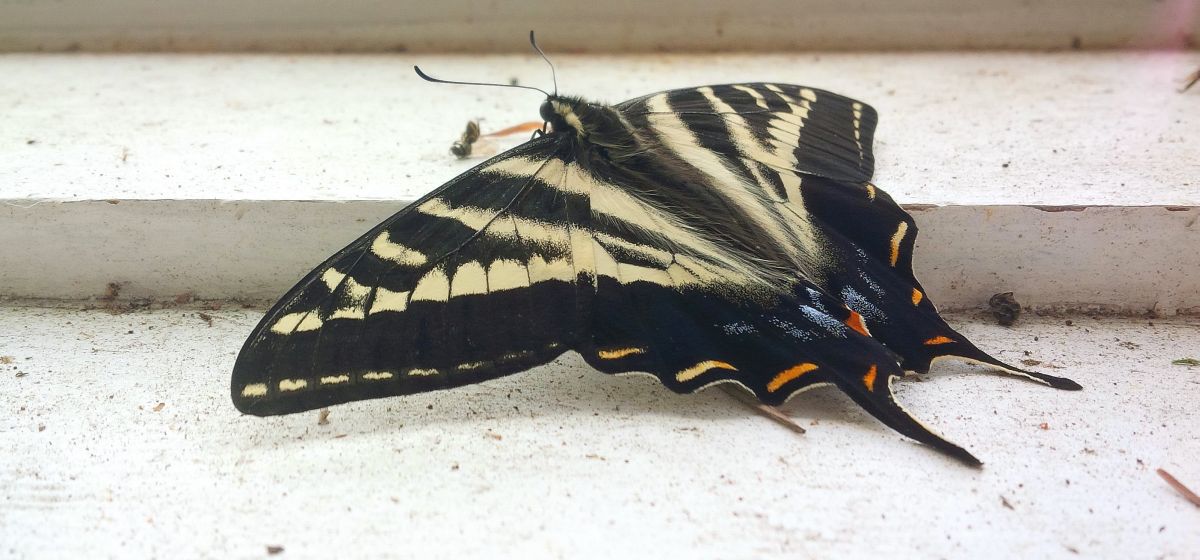
Pale Tiger Swallowtail Papilio eurymedon (Lep.: Papilionidae) Nathan Fisk
Now for some bees – and we thank Sean McCann for identifying them for us.
This one was photographed by Ann Tiplady in Oak Bay. You’ll notice a little reddish spot on it. Heather Proctor comments on the mite:
Most likely a deutonymphal Parasitellus (Mesostigmata: Parasitidae), which often hitch rides on bumblebees. Despite the name, they aren’t parasites: http://insects.ummz.lsa.umich.edu/beemites/Species_Accounts/Parasitellus.htm. Members of a couple of other genera of parasitids are also sometimes phoretic on Bombus: http://insects.ummz.lsa.umich.edu/beemites/Species_Accounts/Parasitidae.htm
So now you know!
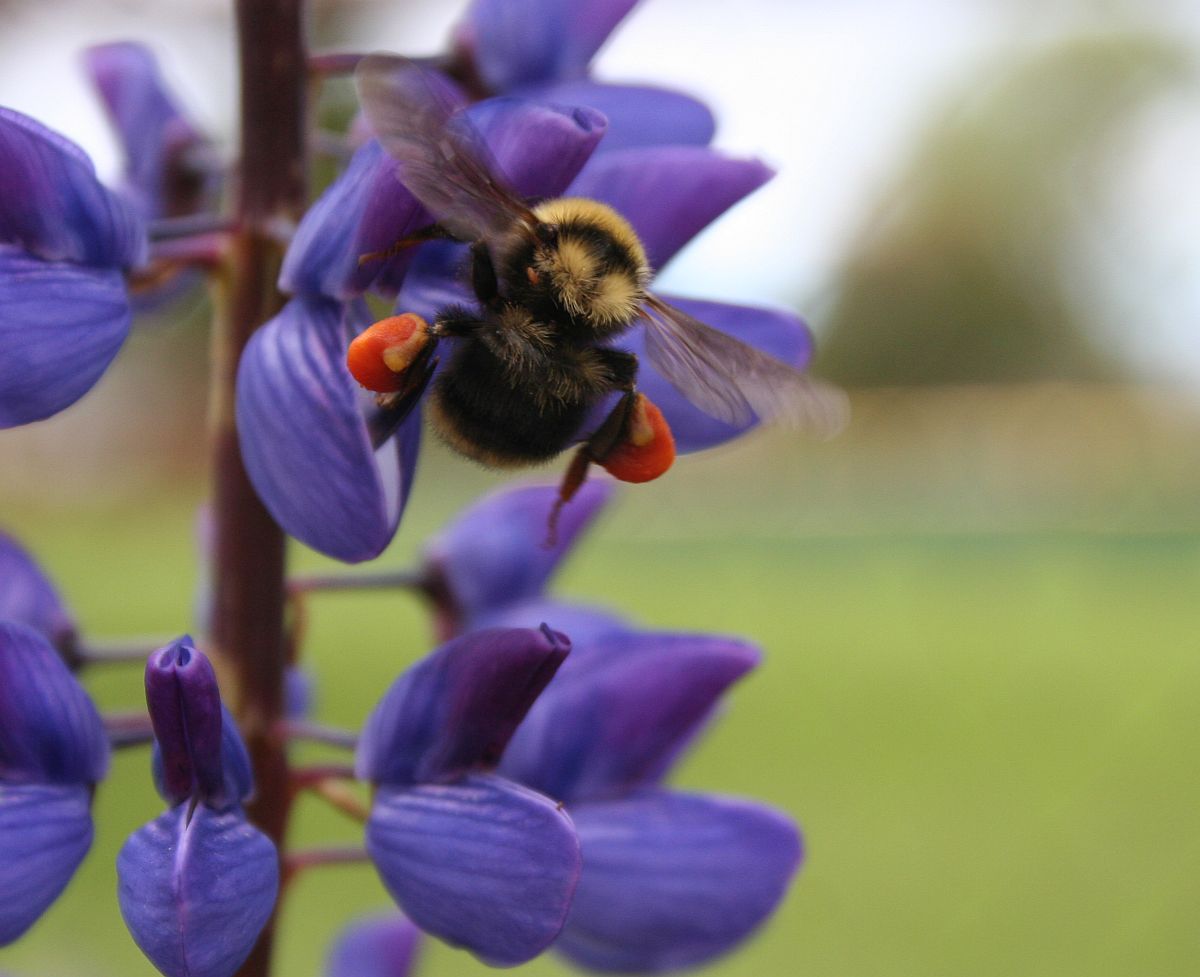
Bombus melanopygus (Hym.: Apidae) Ann Tiplady
Here’s the same bee – I like the tongue!
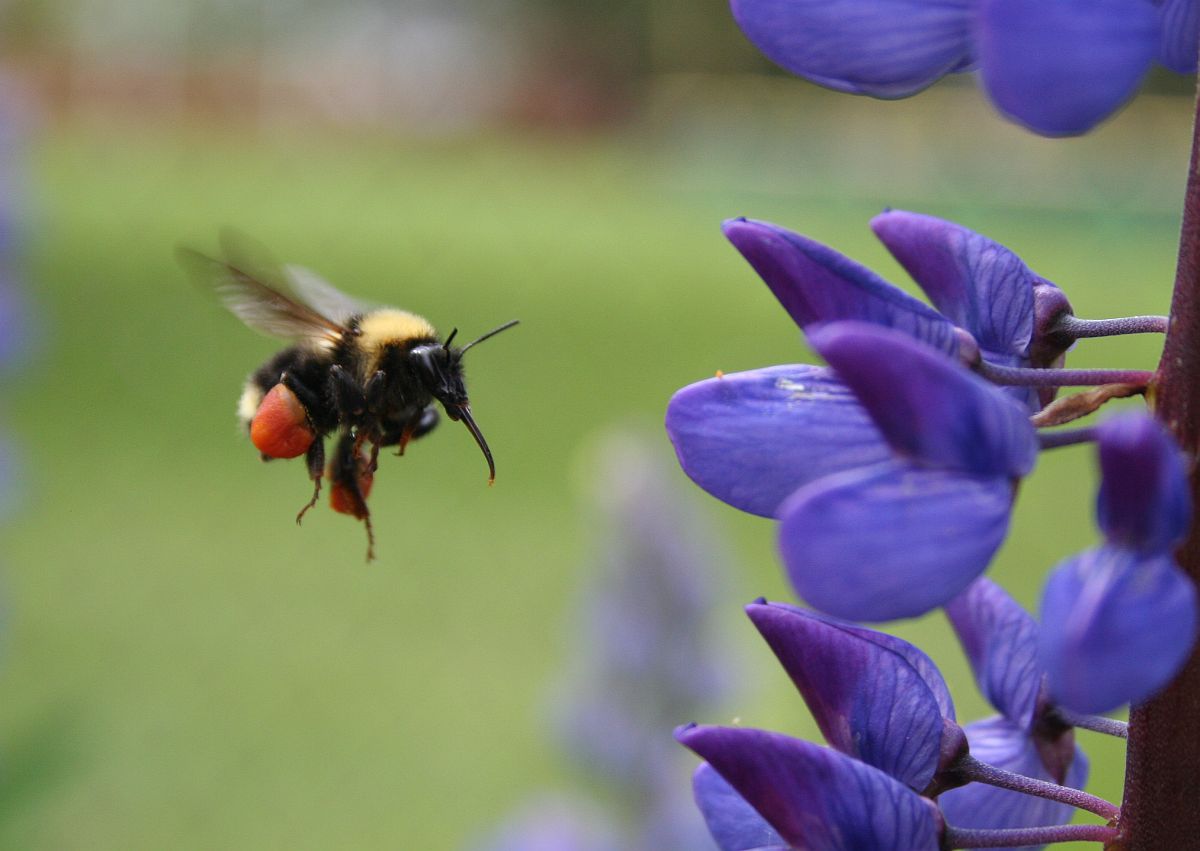
Bombus melanopygus (Hym.: Apidae) Ann Tiplady
And here’s a different individual of the same species, sporting a slightly different colour scheme.
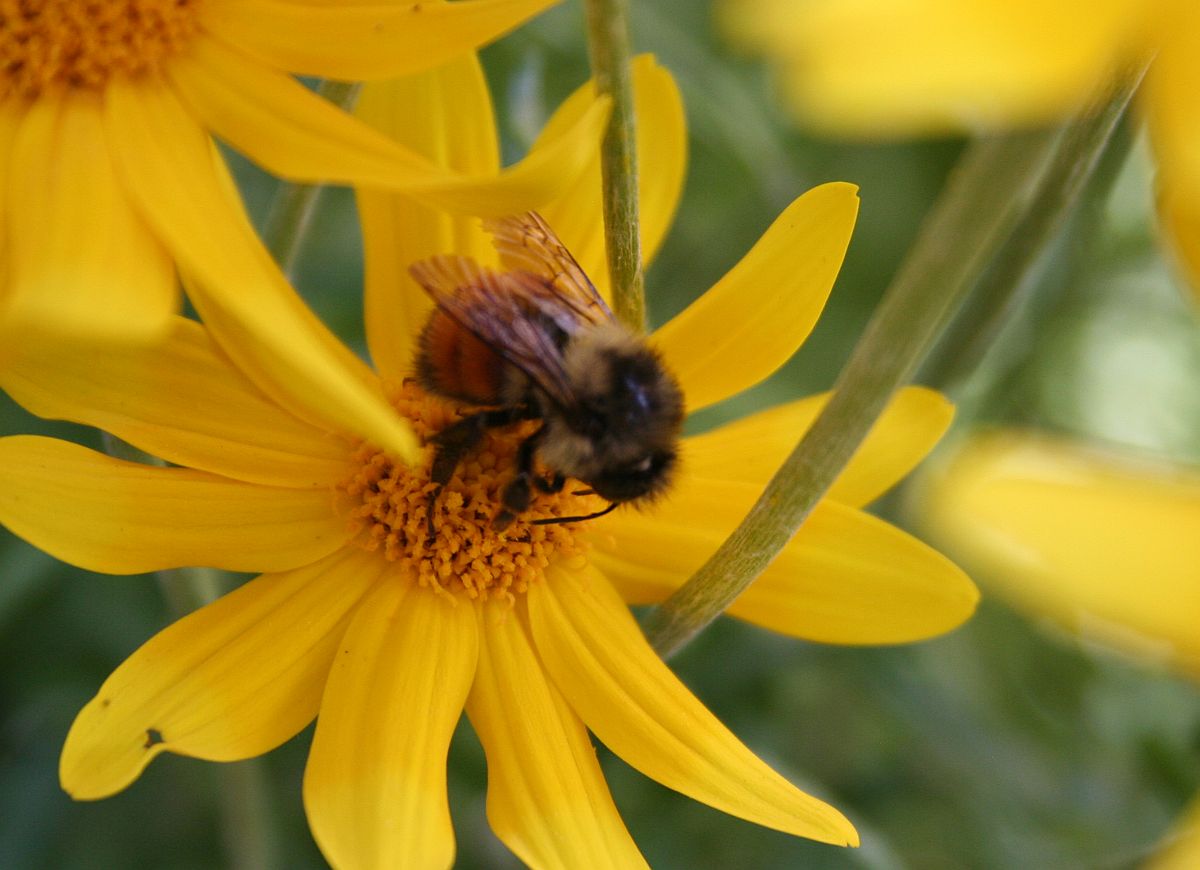
 Bombus melanopygus
Bombus melanopygus (Hym.: Apidae) Ann Tiplady
The next one was photographed at Fort Rodd Hill by Nathan Fisk.
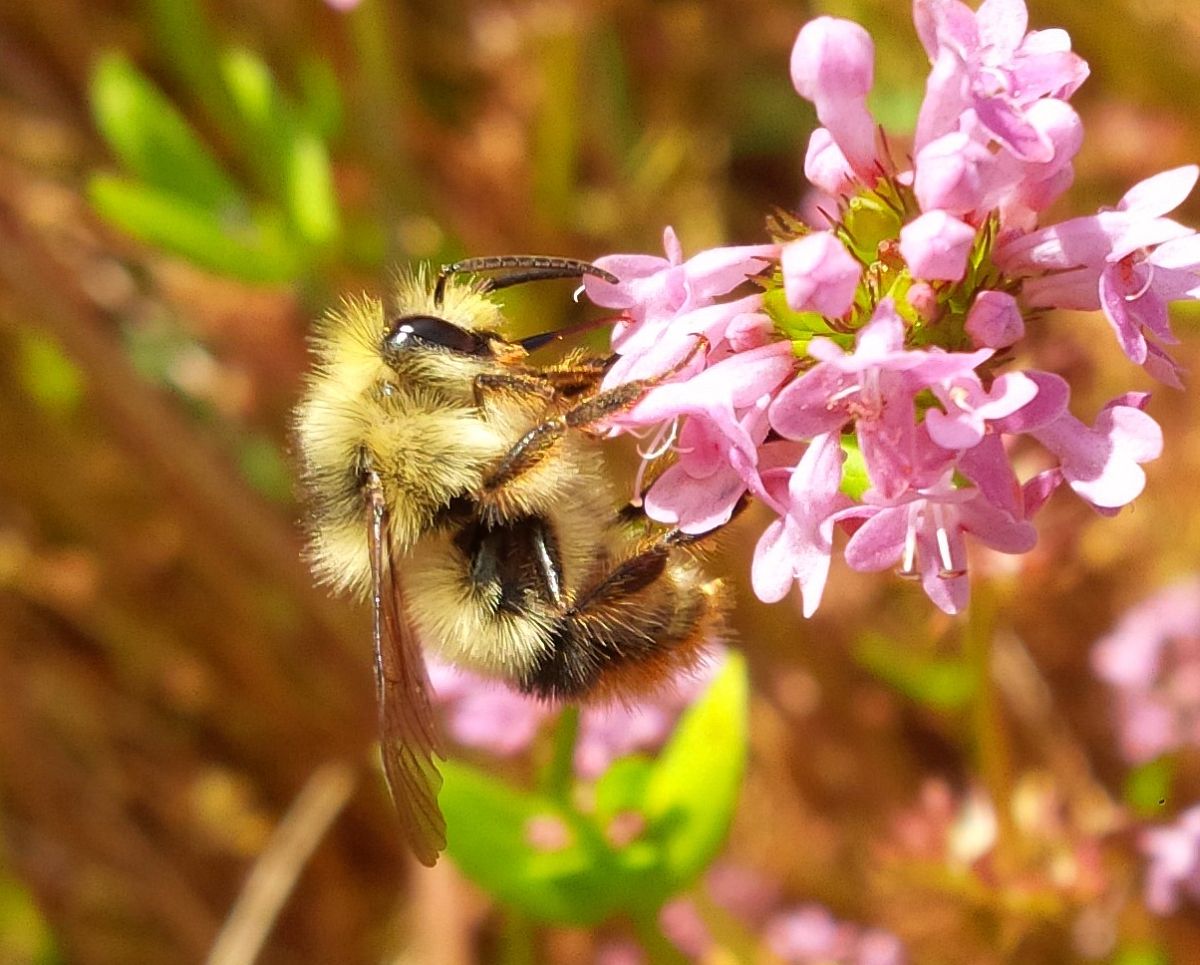
 Bombus mixtus
Bombus mixtus (Hym.: Apidae) Nathan Fisk
Back to Oak Bay and Ann Tiplady, for a leaf-cutting cuckoo bee – a brood parasite of other bees.
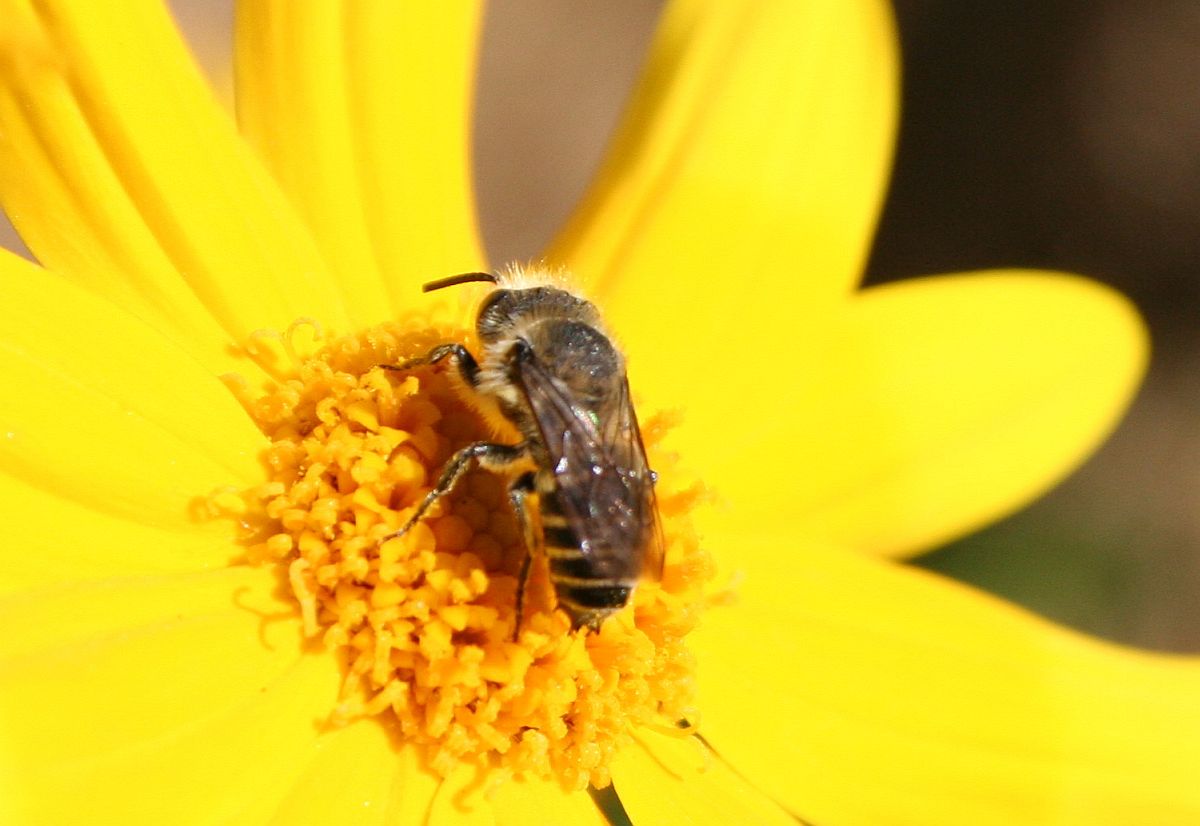
Coeloxys sp. (Hym.: Megachilidae) Ann Tiplady
And now a metallic green sweat bee, genus Agapostemon.
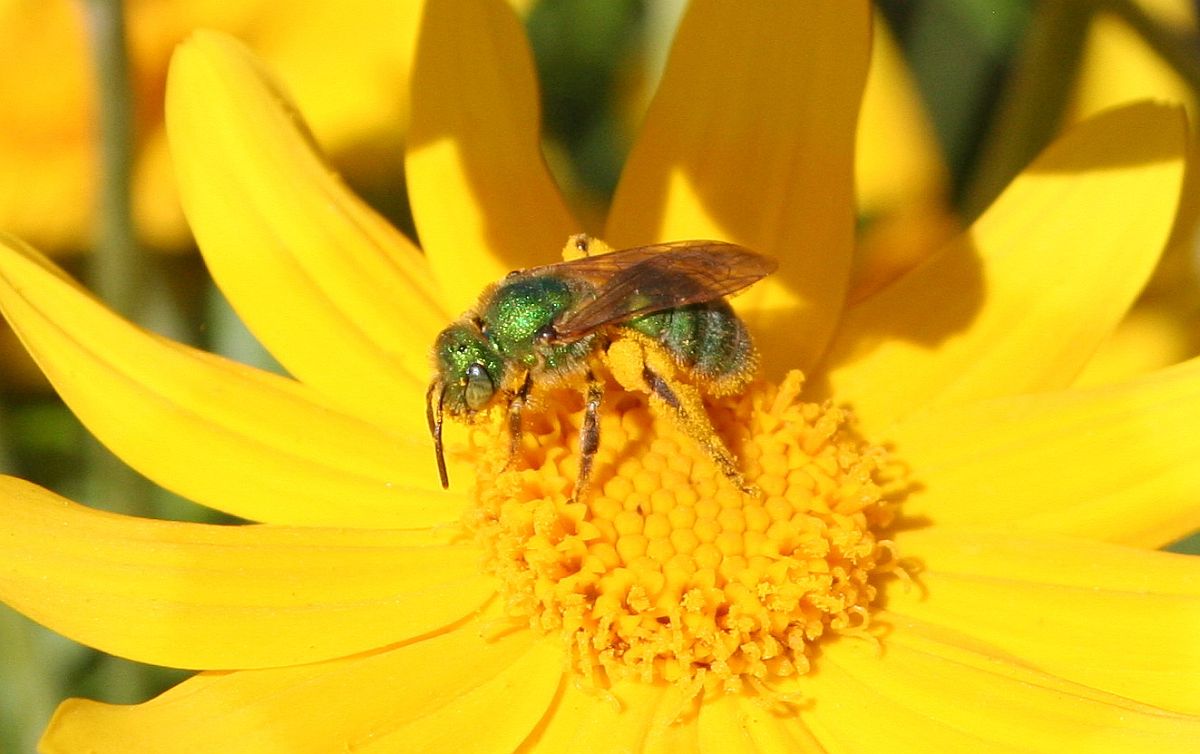
 Agapostemon
Agapostemon (probably
texanus) (Hym.: Halictidae) Ann Tiplady
The next one is a Narcissus Bulb Fly.
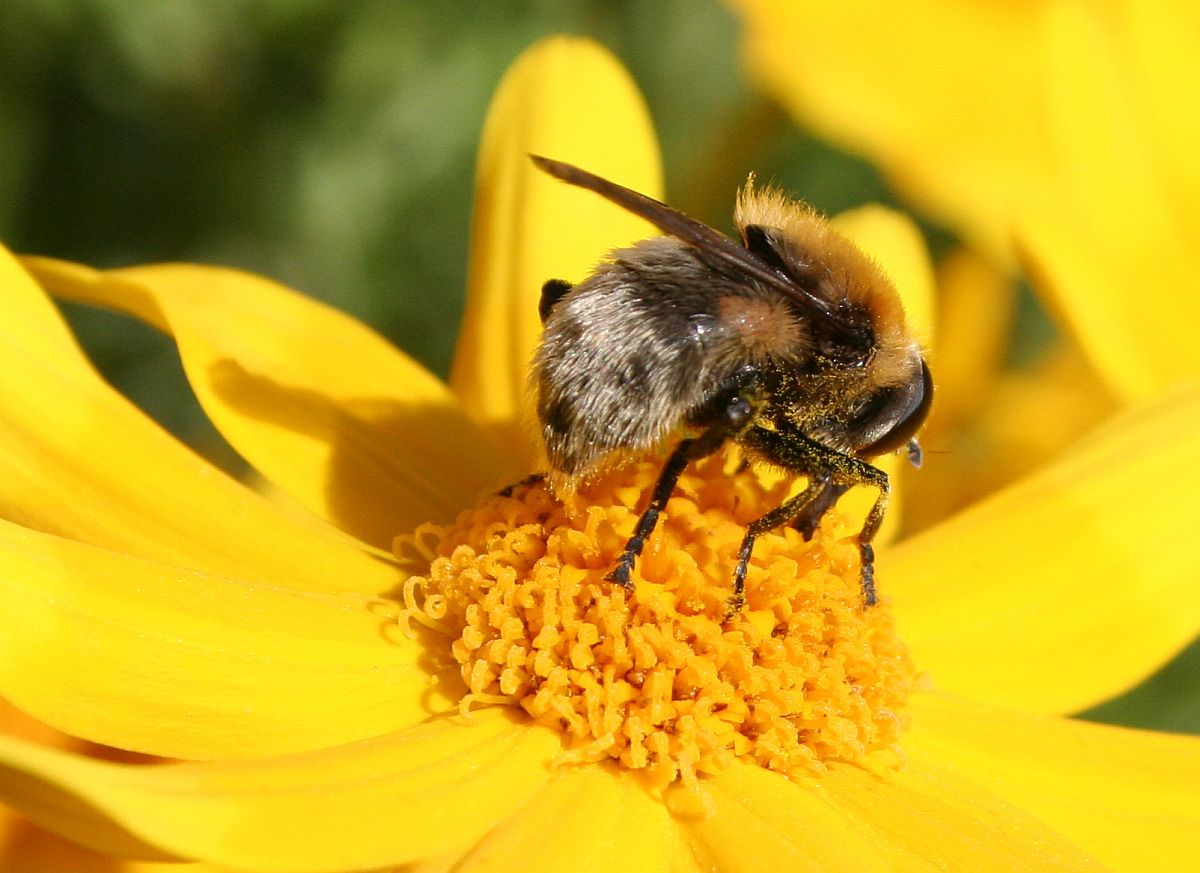

Narcissus Bulb Fly
Merodon equestris (Dip.: Syrphidae) Ann Tiplady
Increasing the level of difficulty, Bryan Gates writes: My red alder trees have acquired white, silky tufts on the very recent, newly-sprouting leaves.
Jeremy Tatum writes: I don’t think we can go to species for this, but we can go to subfamily, and make a guess at genus. They are woolly aphids. Since they are on alder, perhaps they are woolly alder aphids Prociphilus sp., but without a close examination of the insect, we can’t be sure of this.
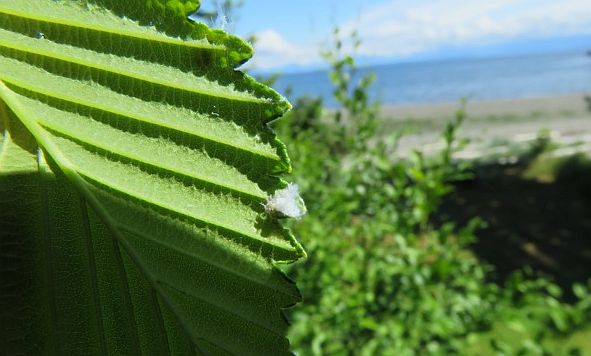

Woolly aphid (Hem.: Aphididae – Eriosomatinae) Bryan Gates
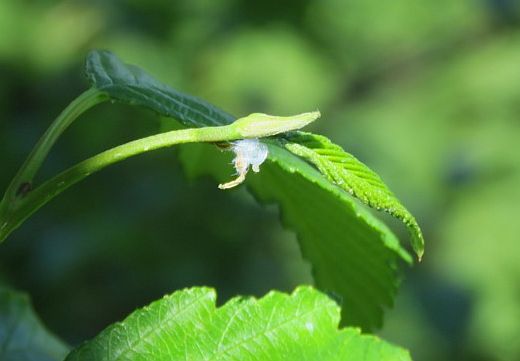

Woolly aphid (Hem.: Aphididae – Eriosomatinae) Bryan Gates
Jeremy Tatum writes: I found this caterpillar on Nootka Rose at UVic today. I don’t know what it is, but I can have a guess. I have often seen it on rose before. I believe it is probably a pug (Eupithecia sp). Pug caterpillars often like flowers, so I’ll offer it a Nootka Rose flower this afternoon and see if it likes it. The only pug on Bolte’s monograph on Canadian pugs for which Rosa is mentioned, is E. maestosa. But that’s just a guess!
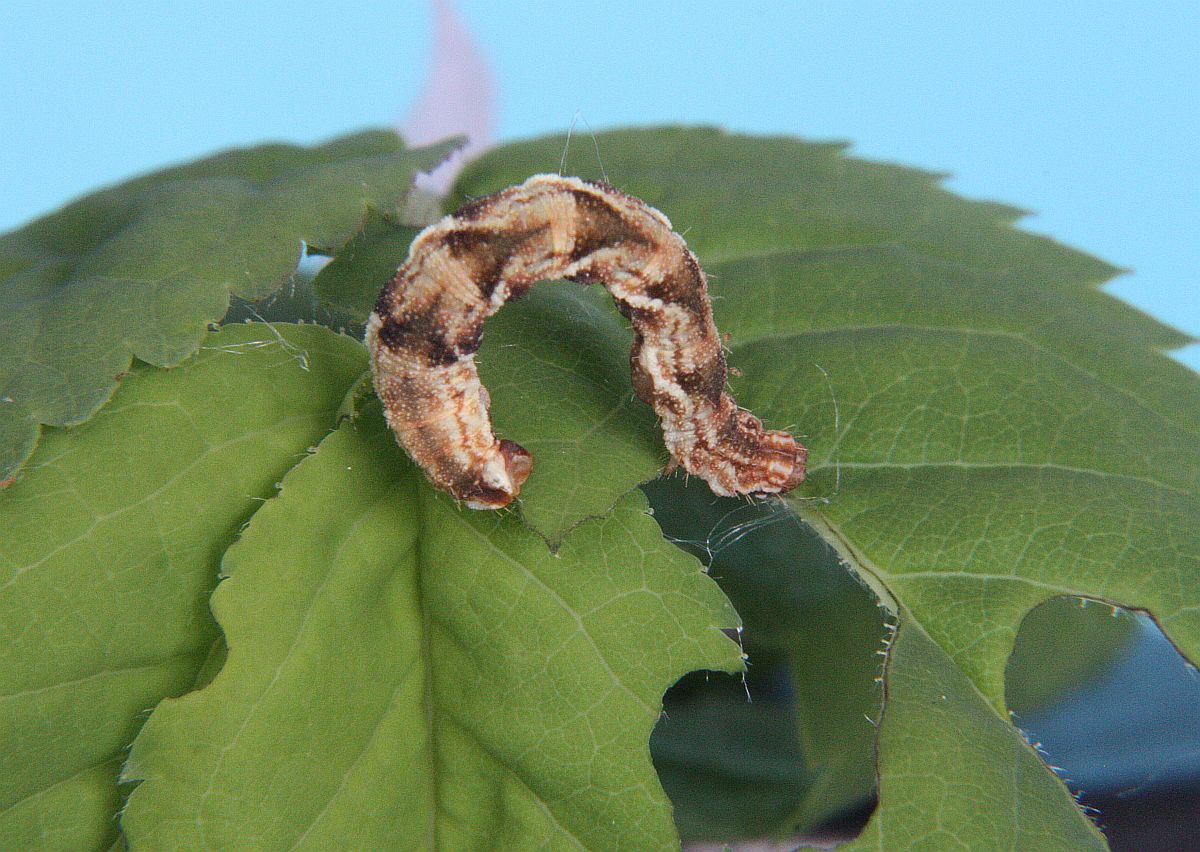

Unidentified caterpillar. Probably
Eupithecia sp. (Lep.: Geometridae) Jeremy Tatum
Gordon Hart writes:
The last Victoria area butterfly count from May 20-28, 2017, produced 17 species, more than the 13 reported in 2016, although total numbers were down from 531 last year to 449 in 2017. Part of the reason was that the May count seemed more like an April count this year. There were still 19 Sara Orangetips, but last year they were already gone and none were reported. Brown and Moss’s Elfins were still seen, but not in 2016. There were small numbers of later-appearing species such as Cedar Hairstreak, with 4 this year, and 40 last year; and Western Tiger Swallowtail with 16, compared with 67 in 2016. High counts were Cabbage Whites 285 (2016: 147), and Western Spring Azure 45 (2016: 15).
Thanks to the 15 observers who sent in 33 reports from about 31 locations.

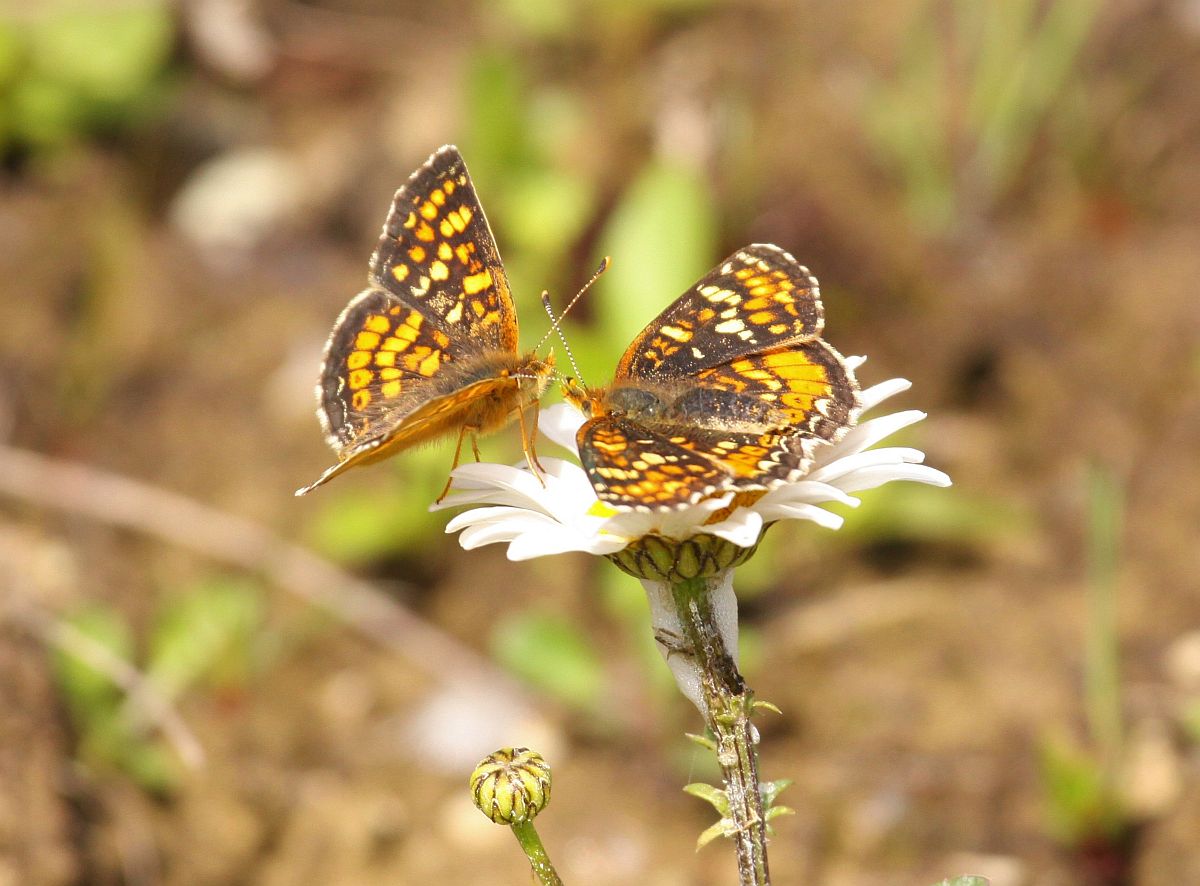
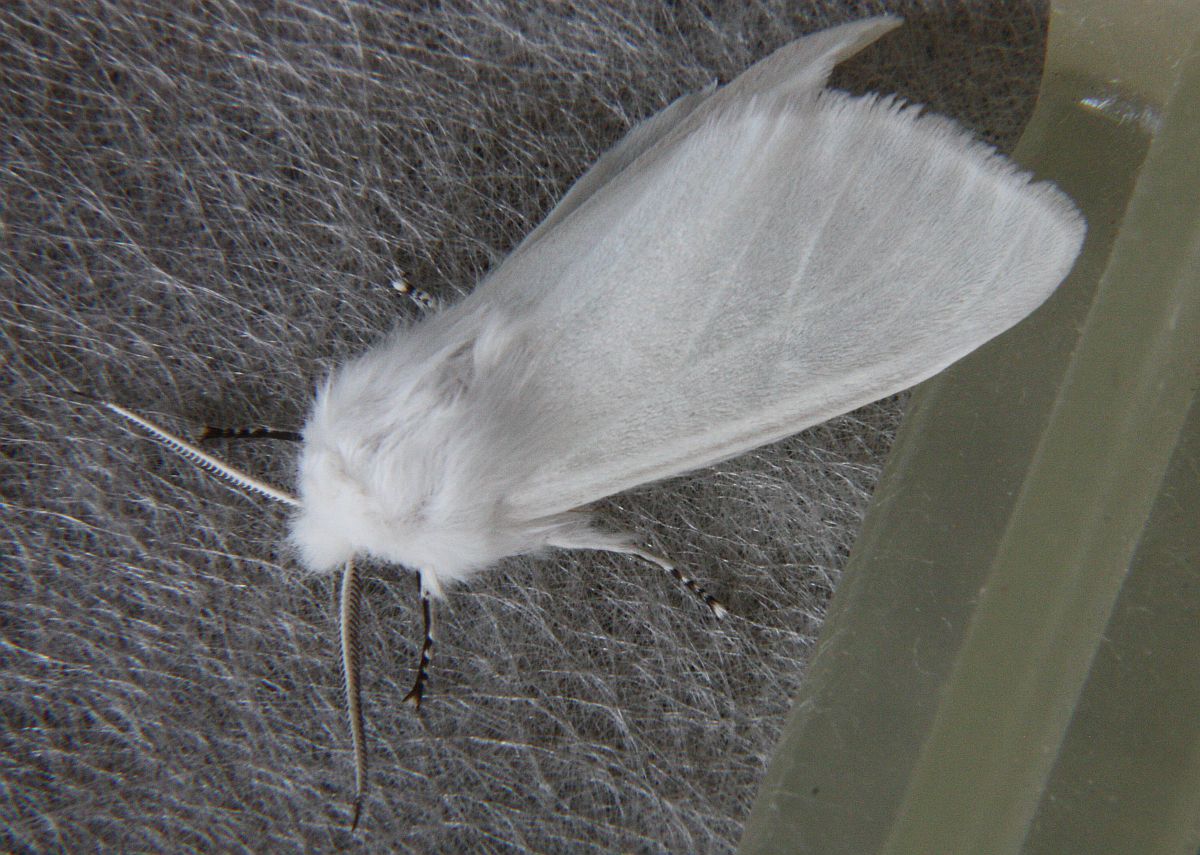
 Hyphantria cunea (Lep.: Erebidae – Arctiinae) Jeremy Tatum
Hyphantria cunea (Lep.: Erebidae – Arctiinae) Jeremy Tatum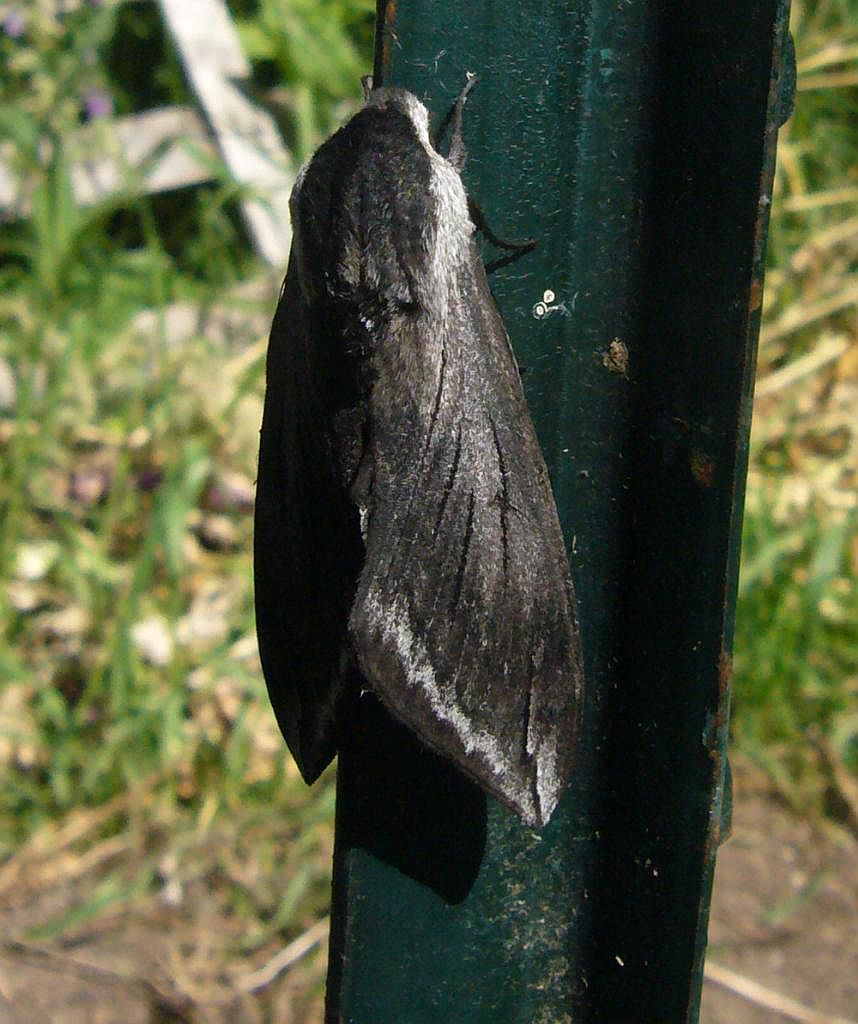
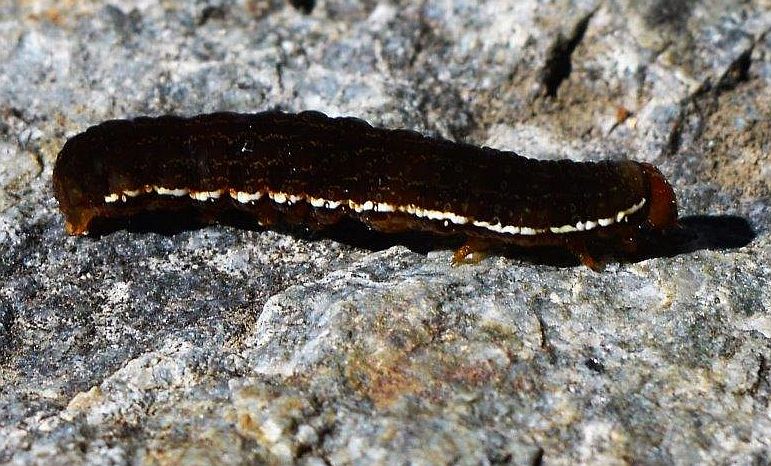
 Unknown caterpillar (Lep.: Noctuidae) Cheryl Hoyle
Unknown caterpillar (Lep.: Noctuidae) Cheryl Hoyle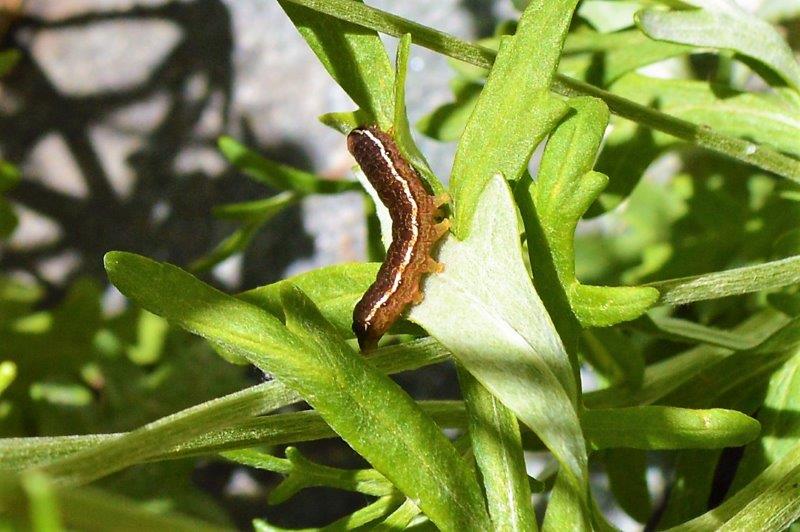
 Unknown caterpillar (Lep.: Noctuidae) Cheryl Hoyle
Unknown caterpillar (Lep.: Noctuidae) Cheryl Hoyle
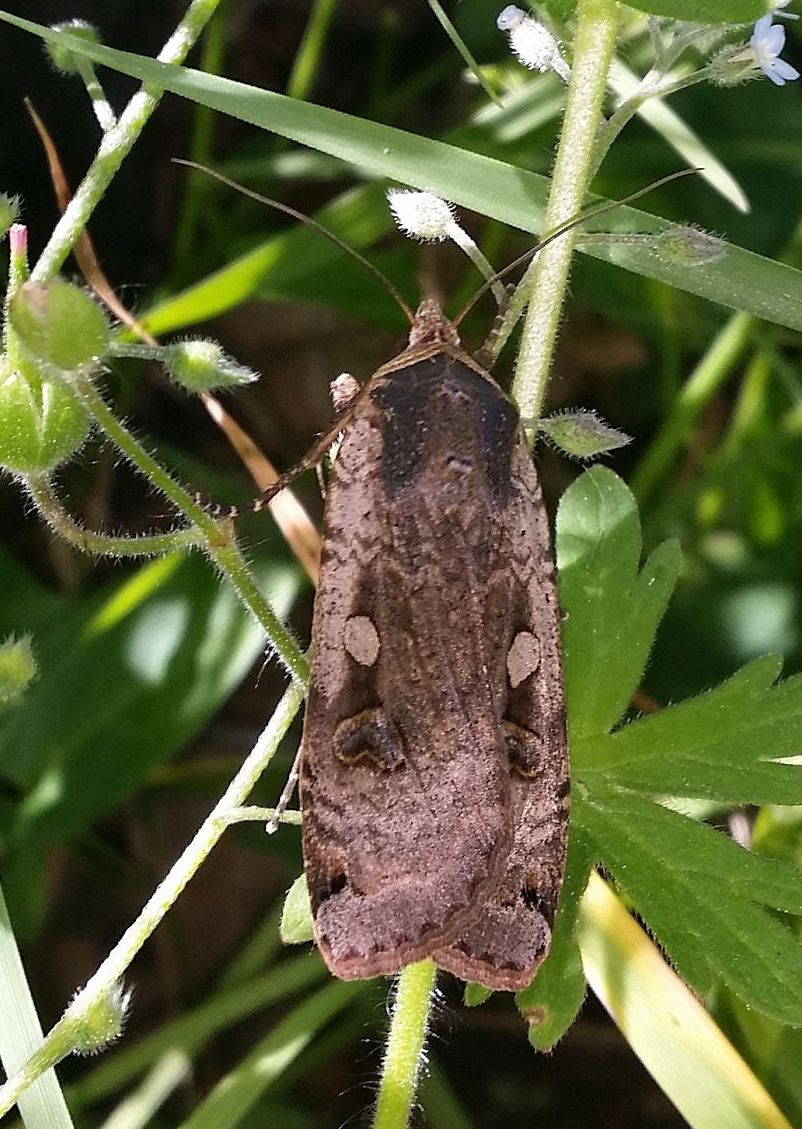

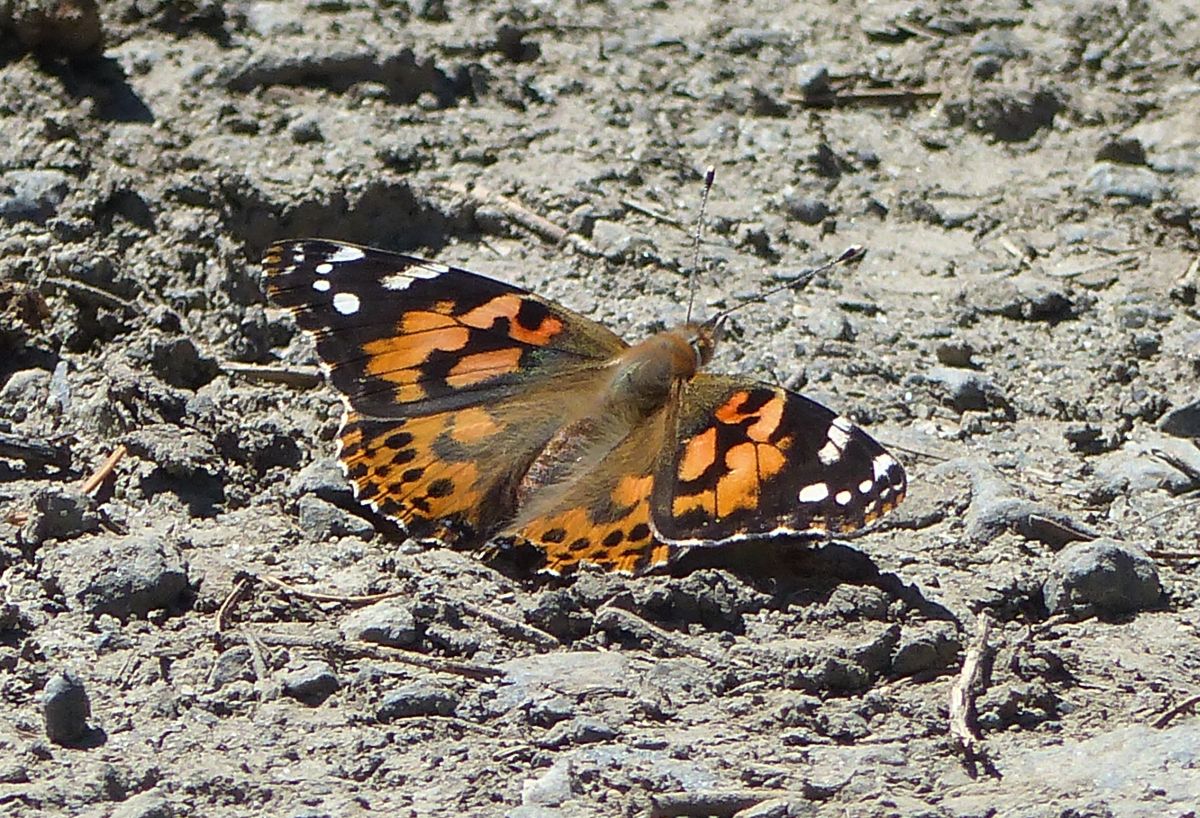
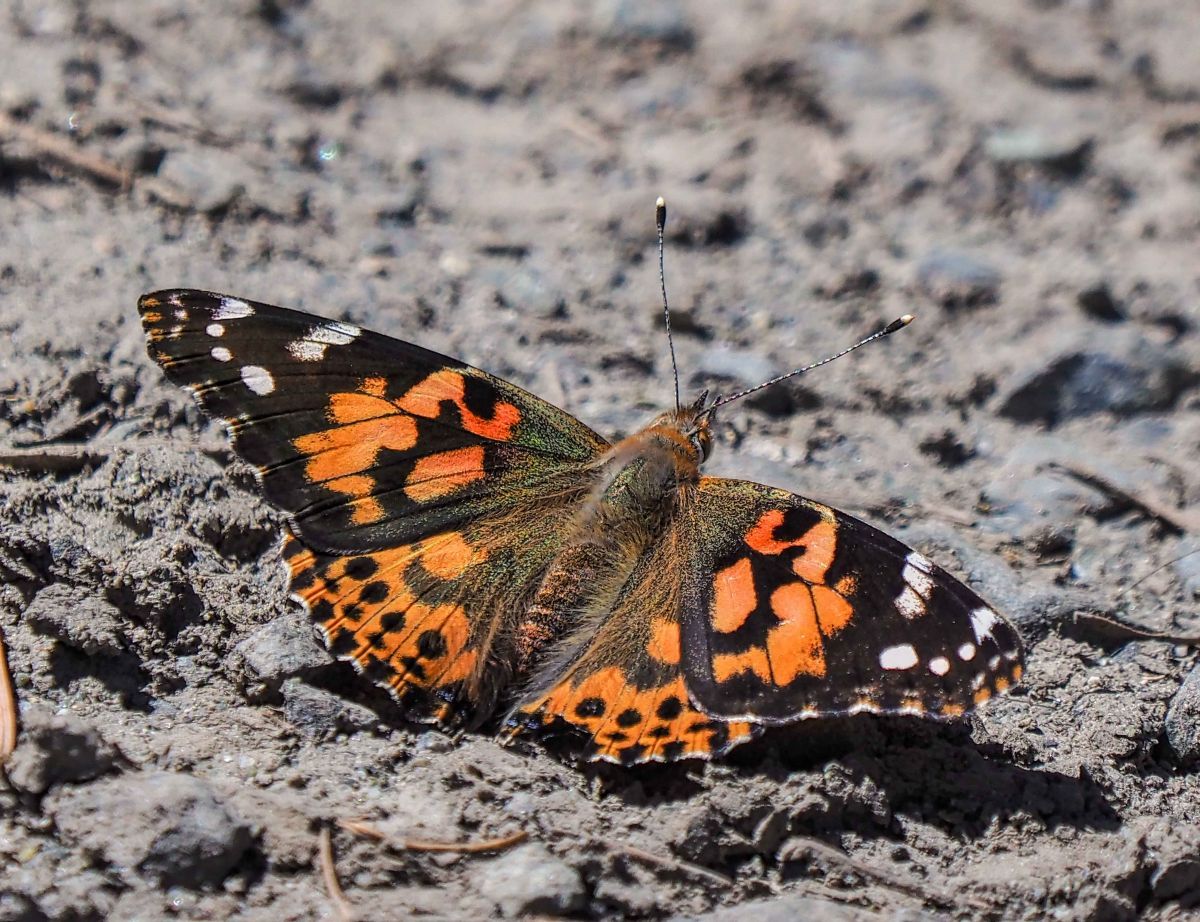
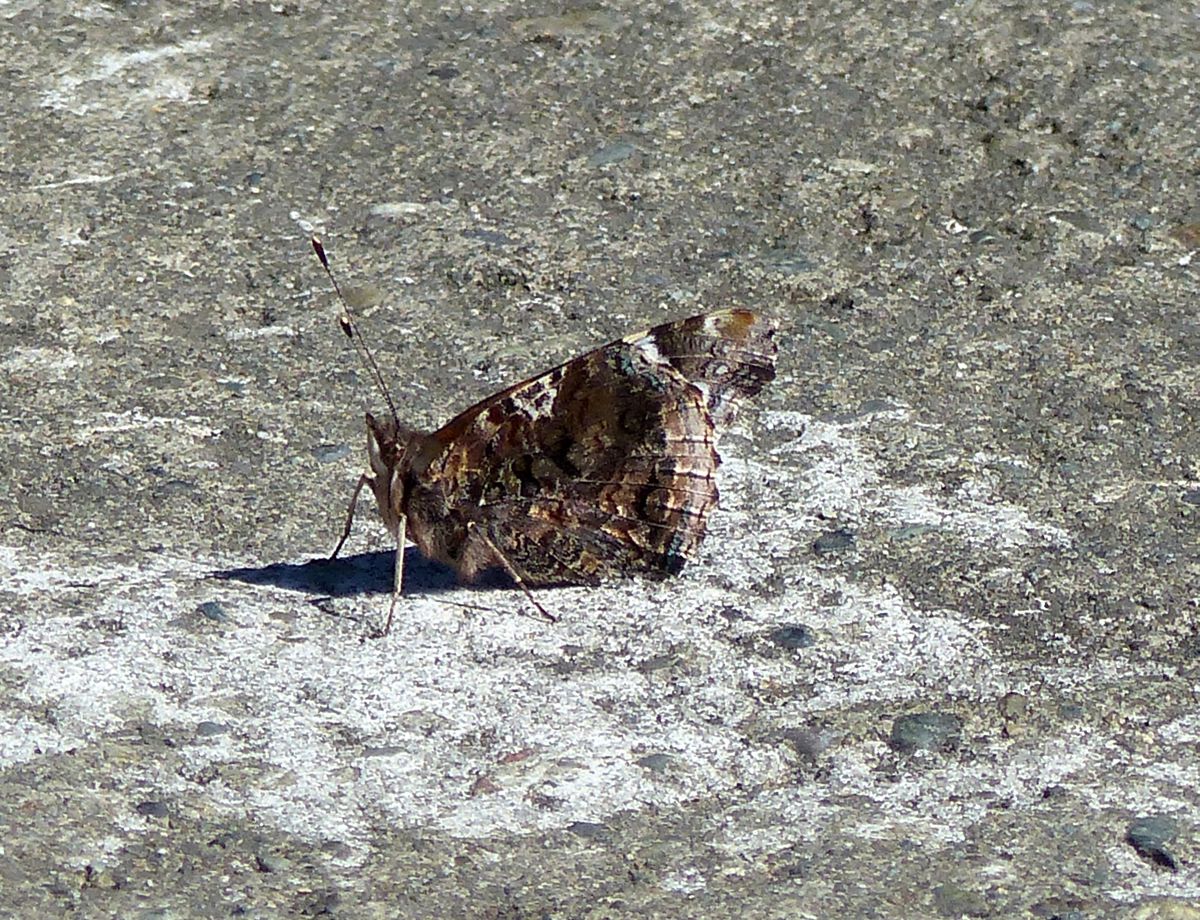
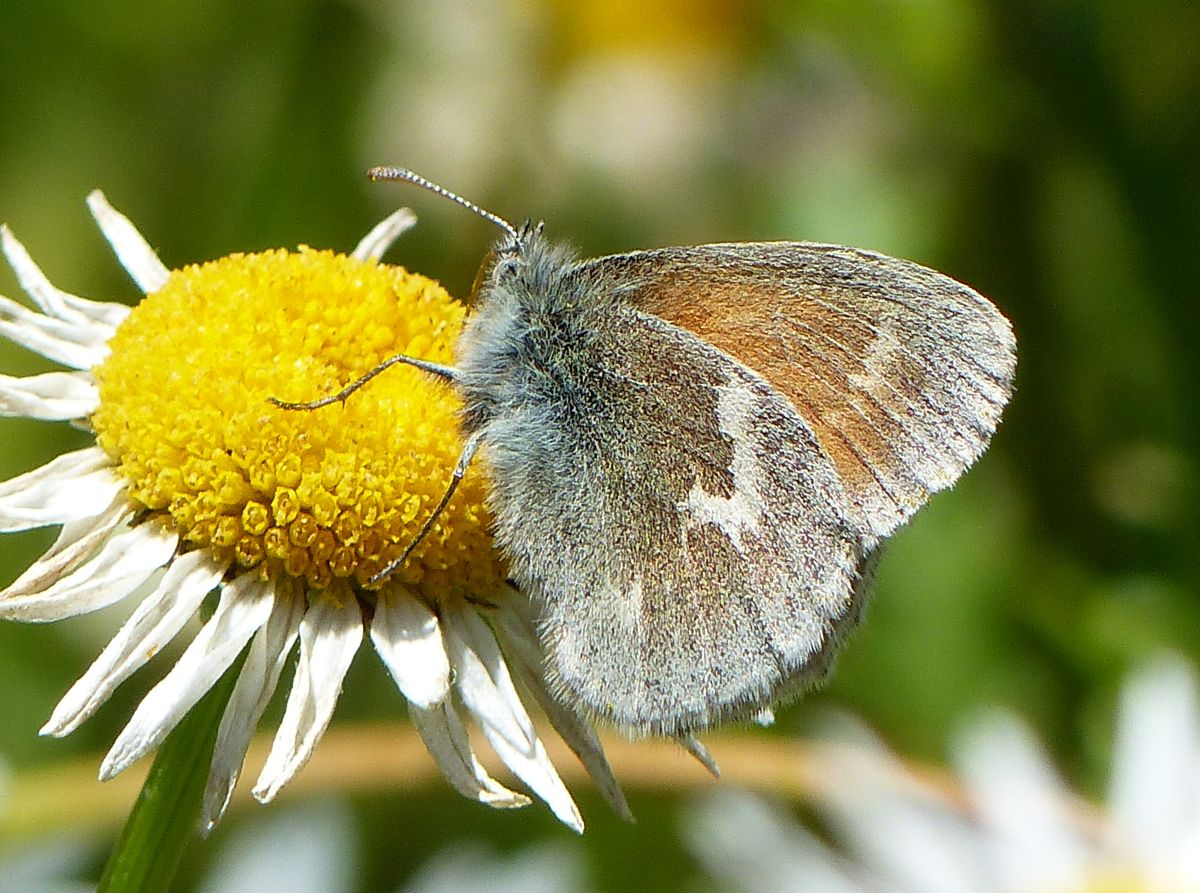
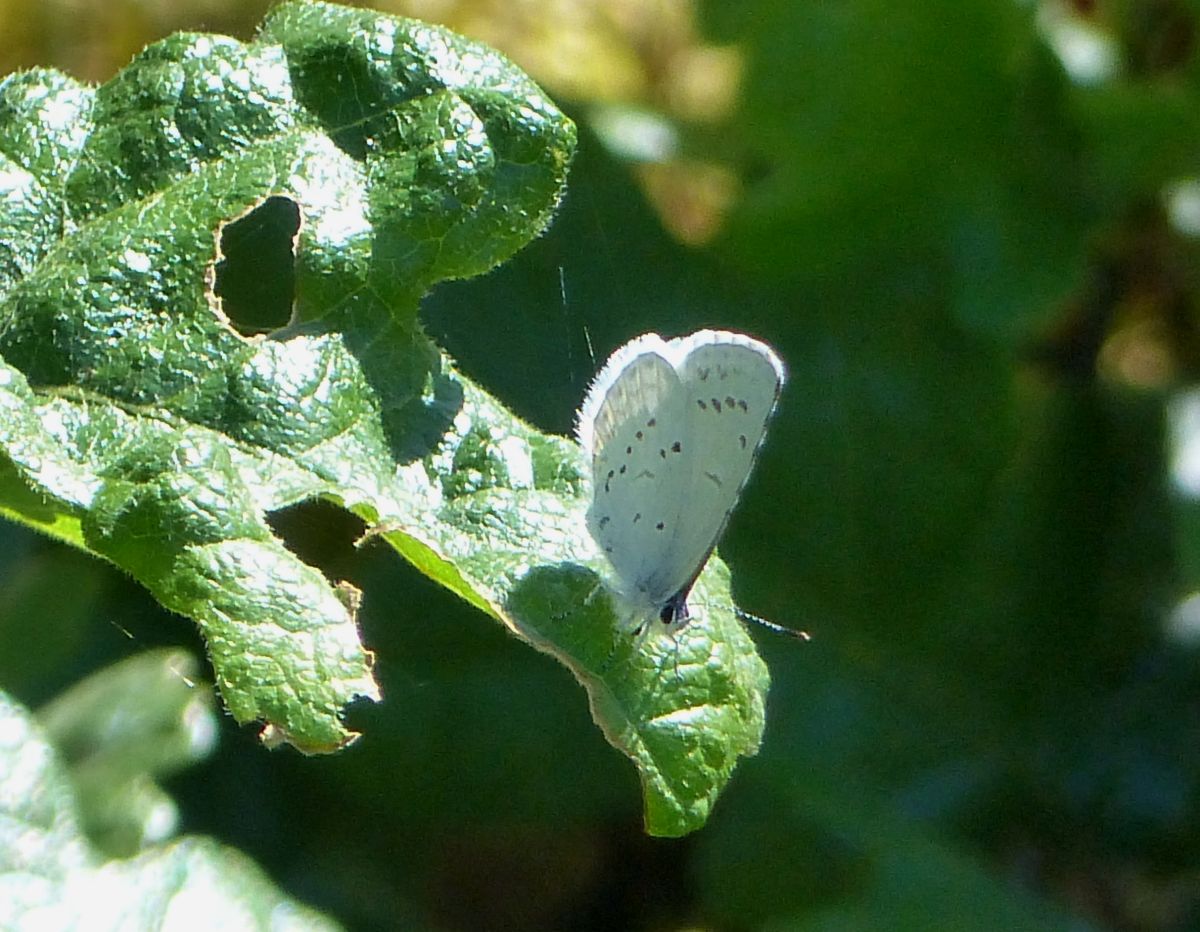
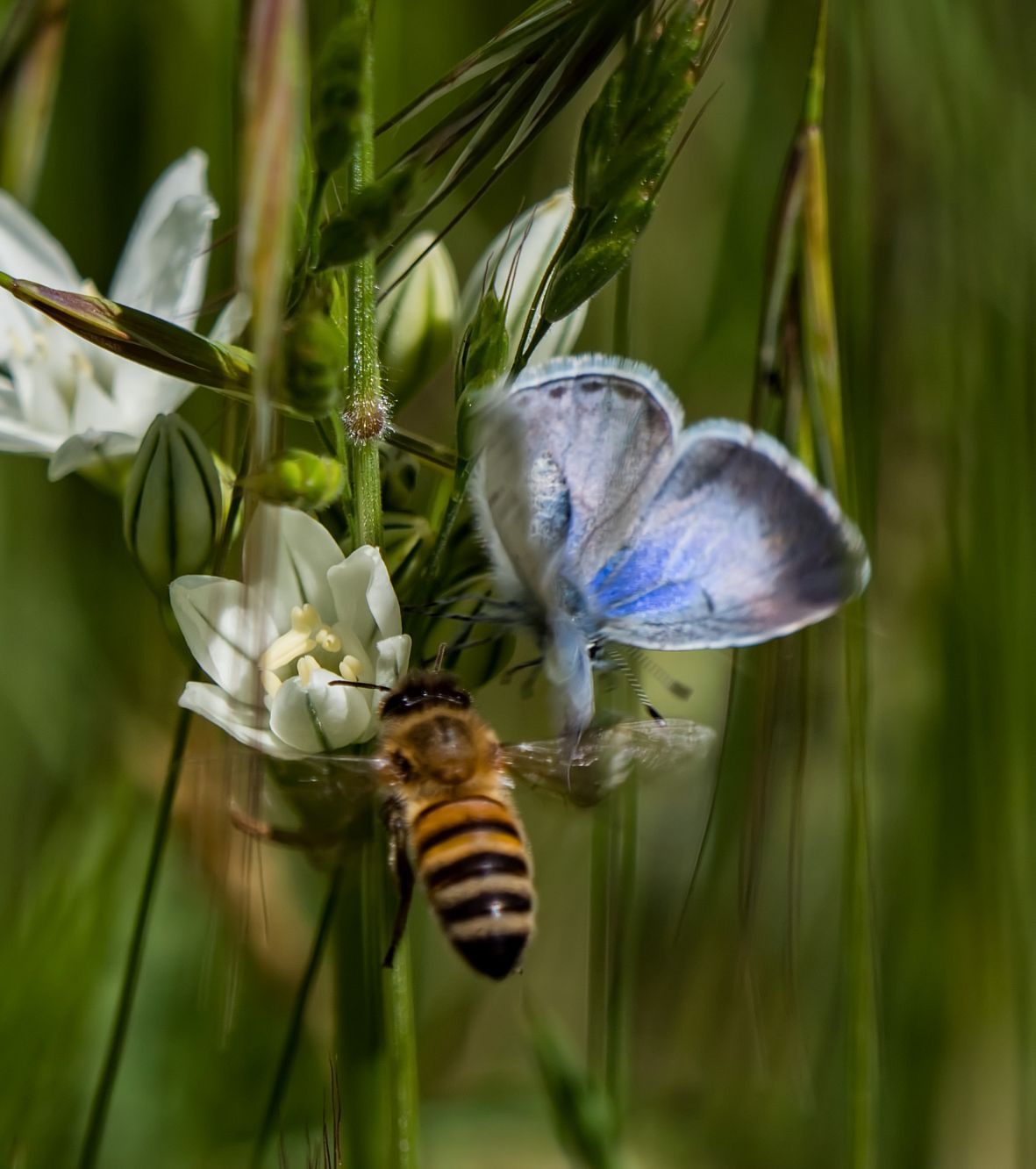
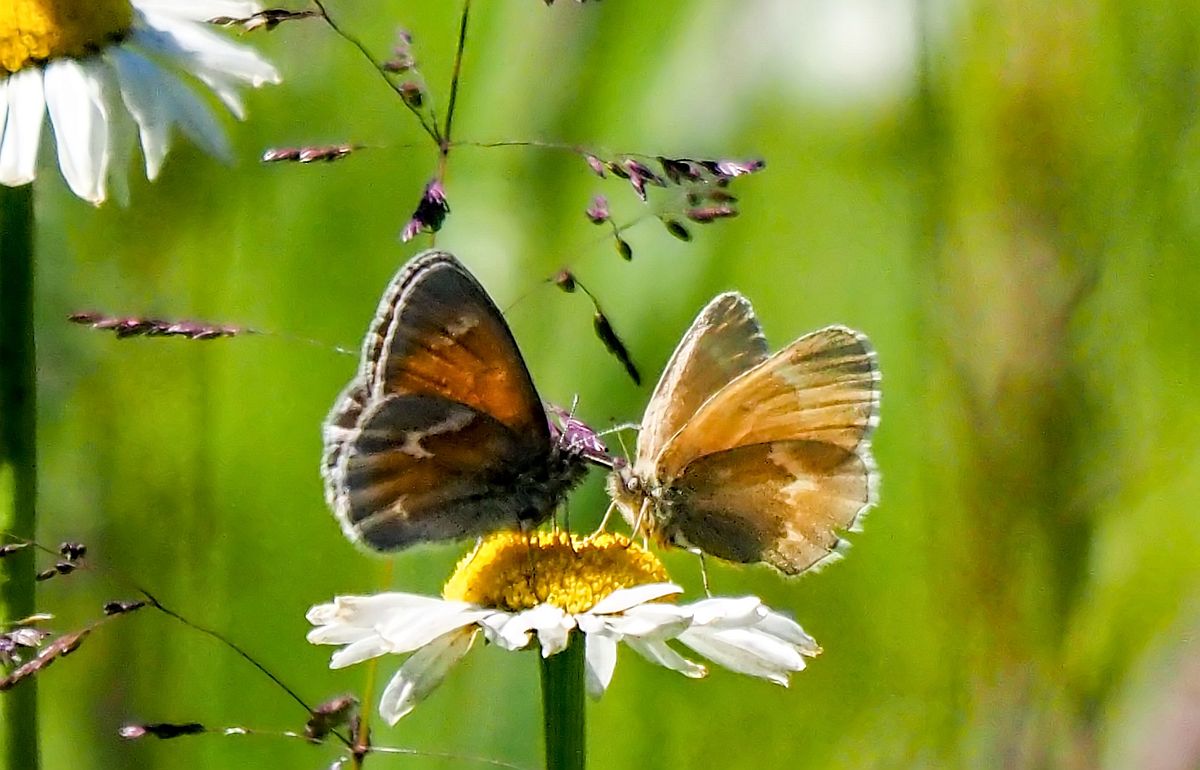
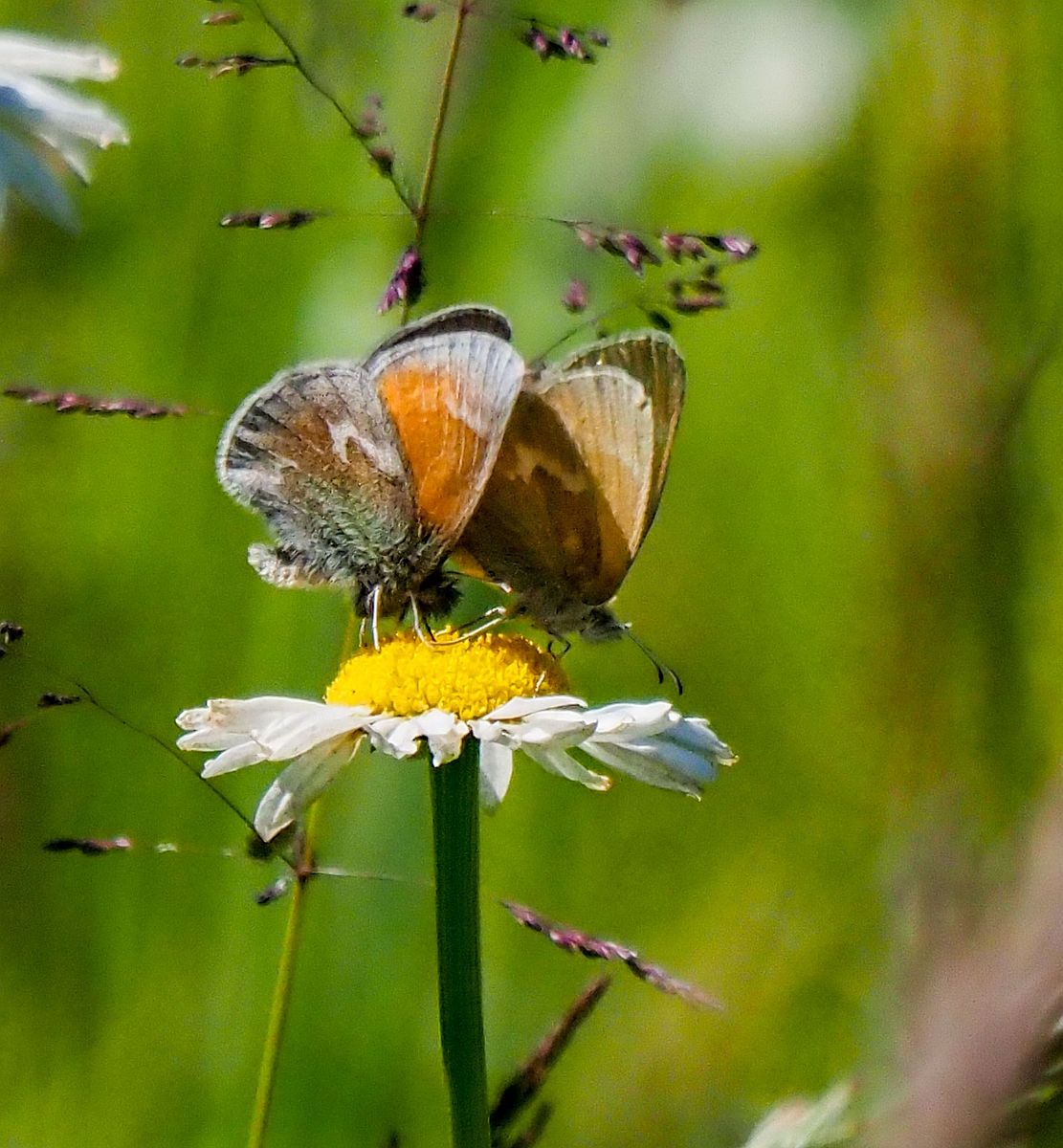


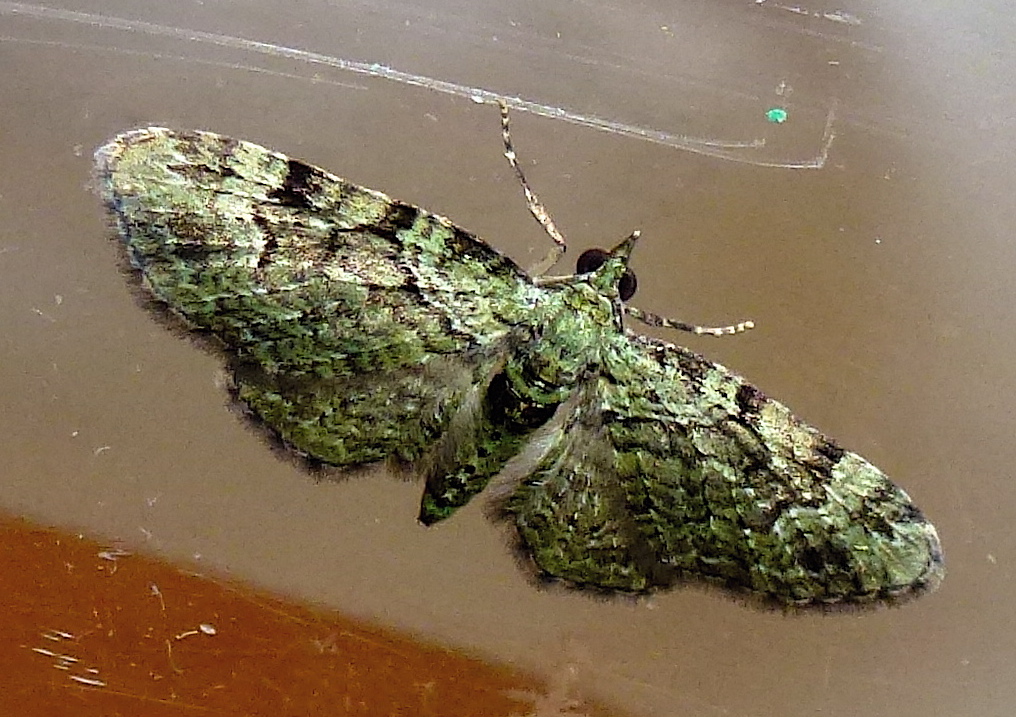
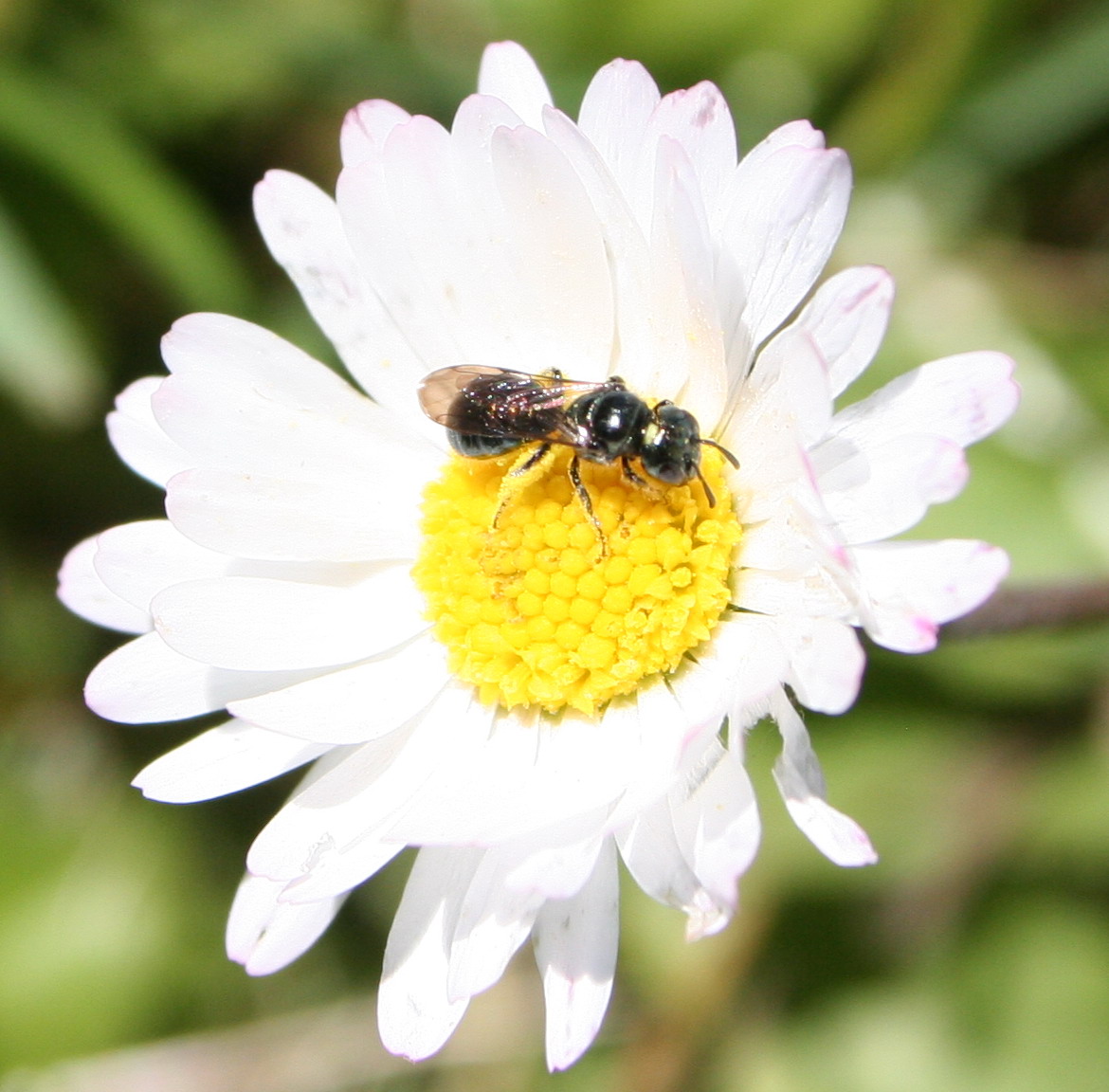
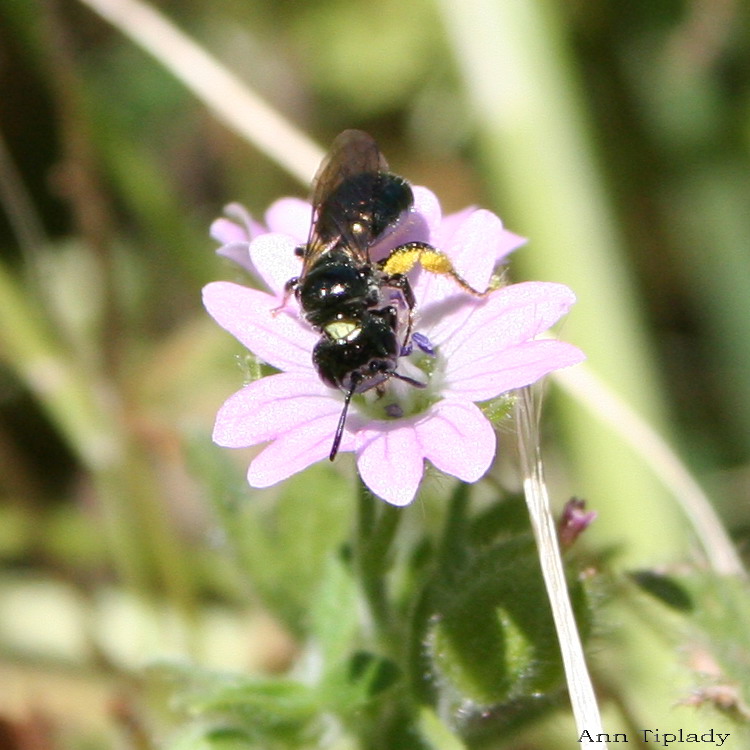
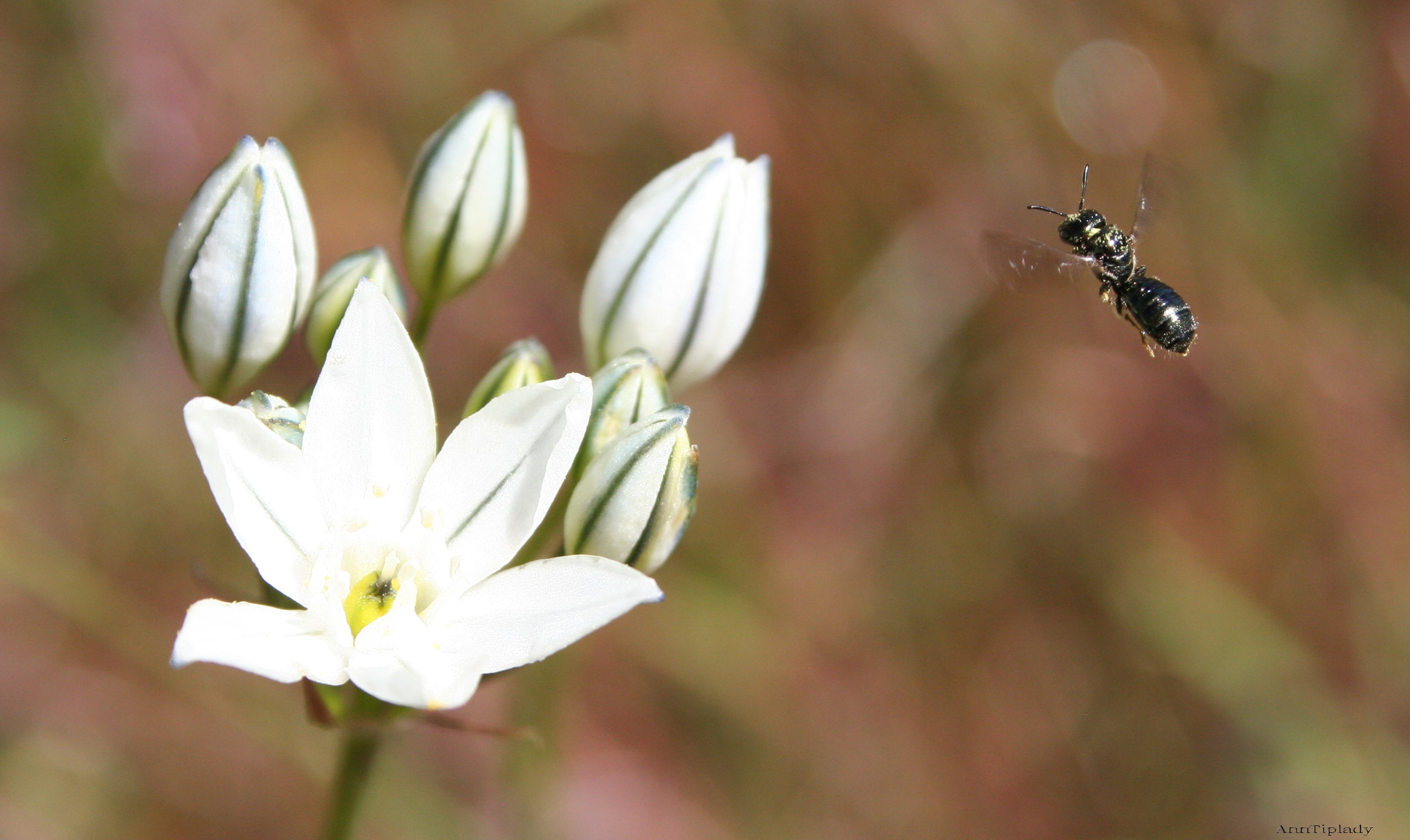
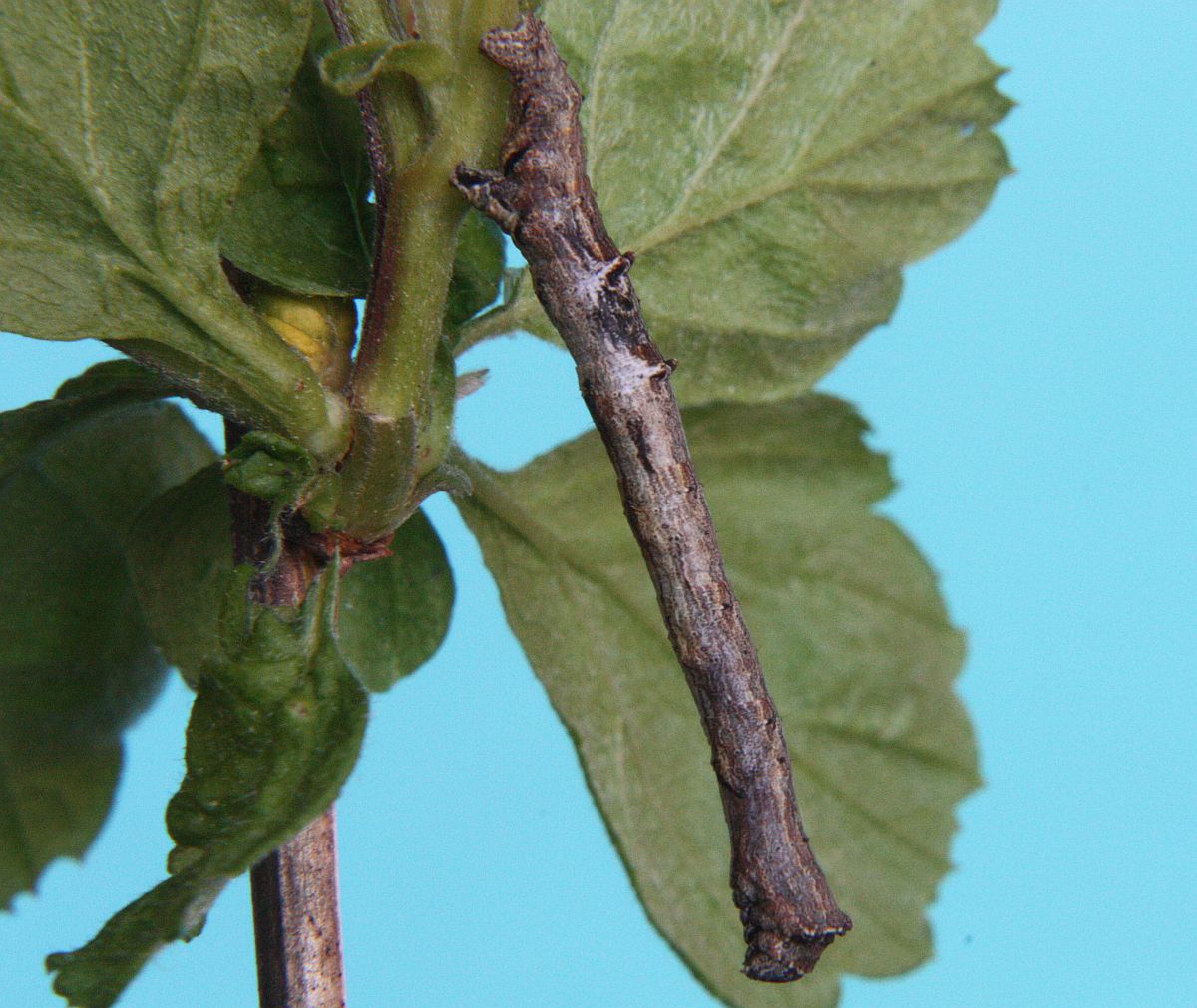
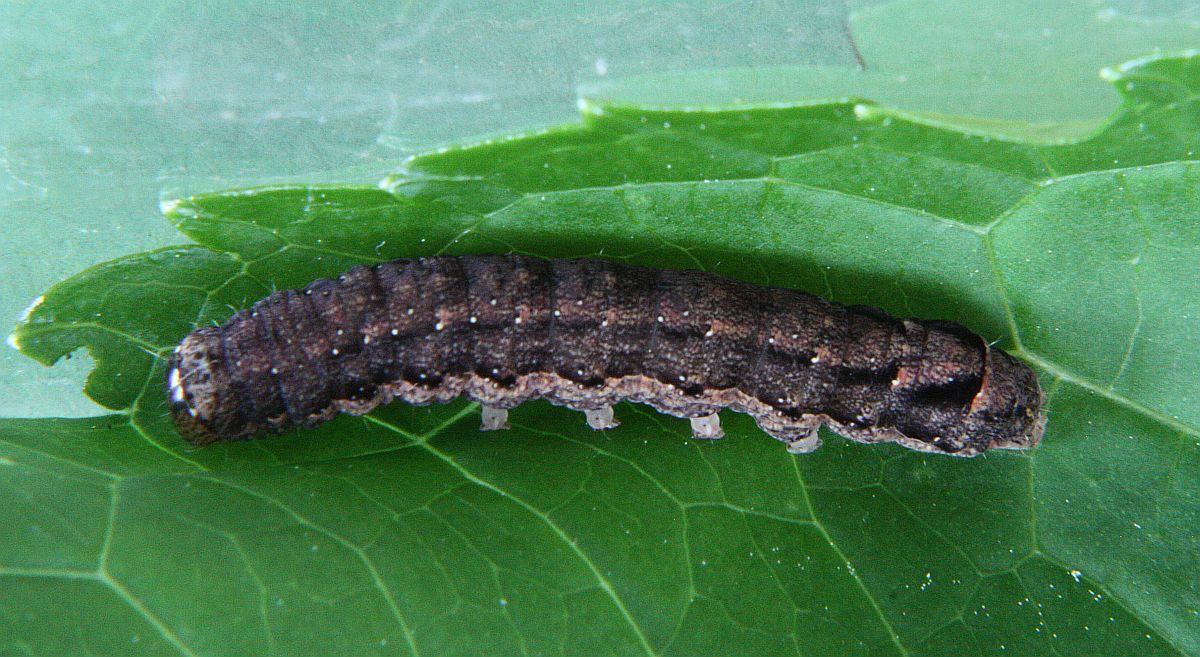
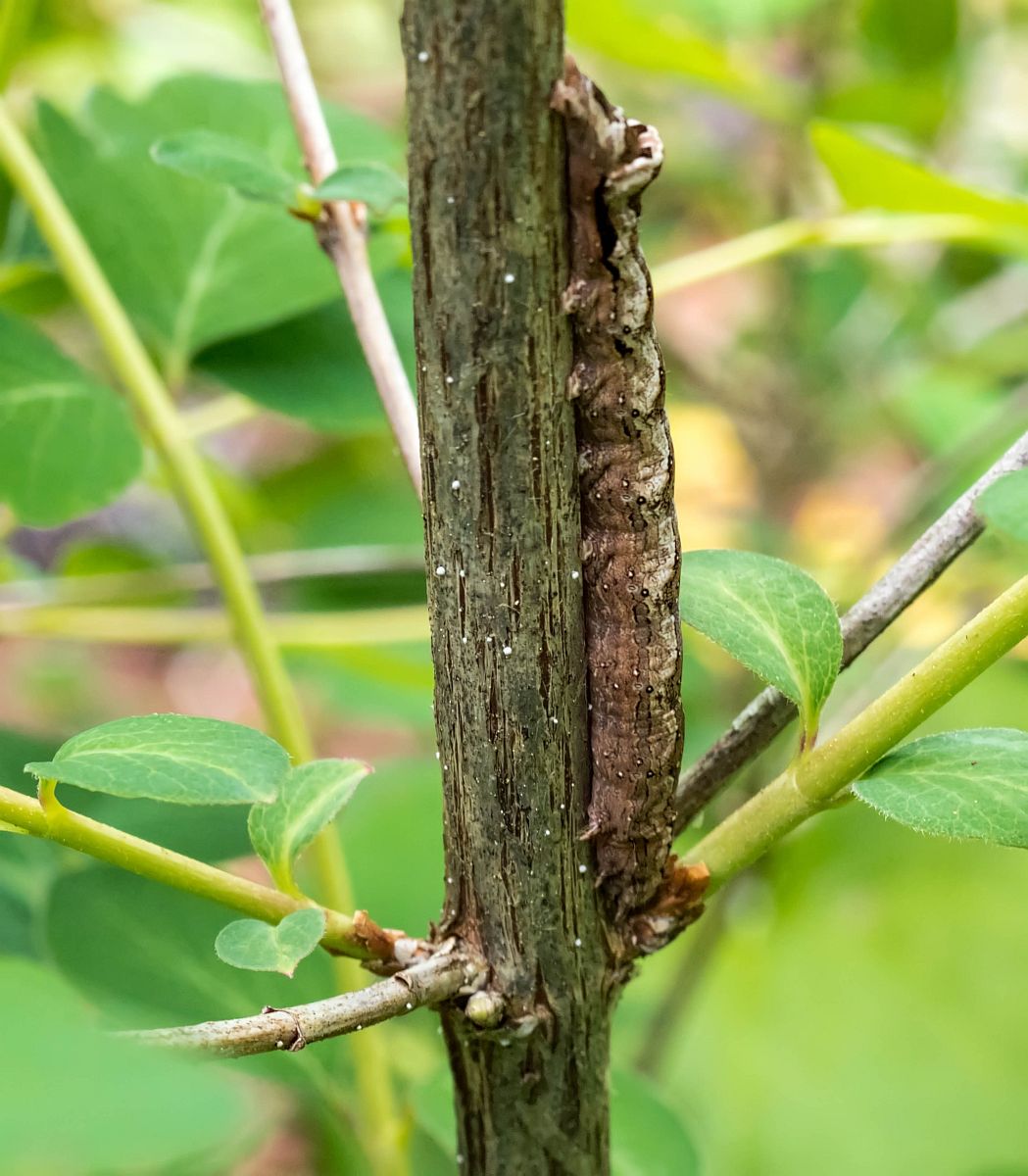
 Unknown (Lep.: Erebidae or Noctuidae) Gordon Hart
Unknown (Lep.: Erebidae or Noctuidae) Gordon Hart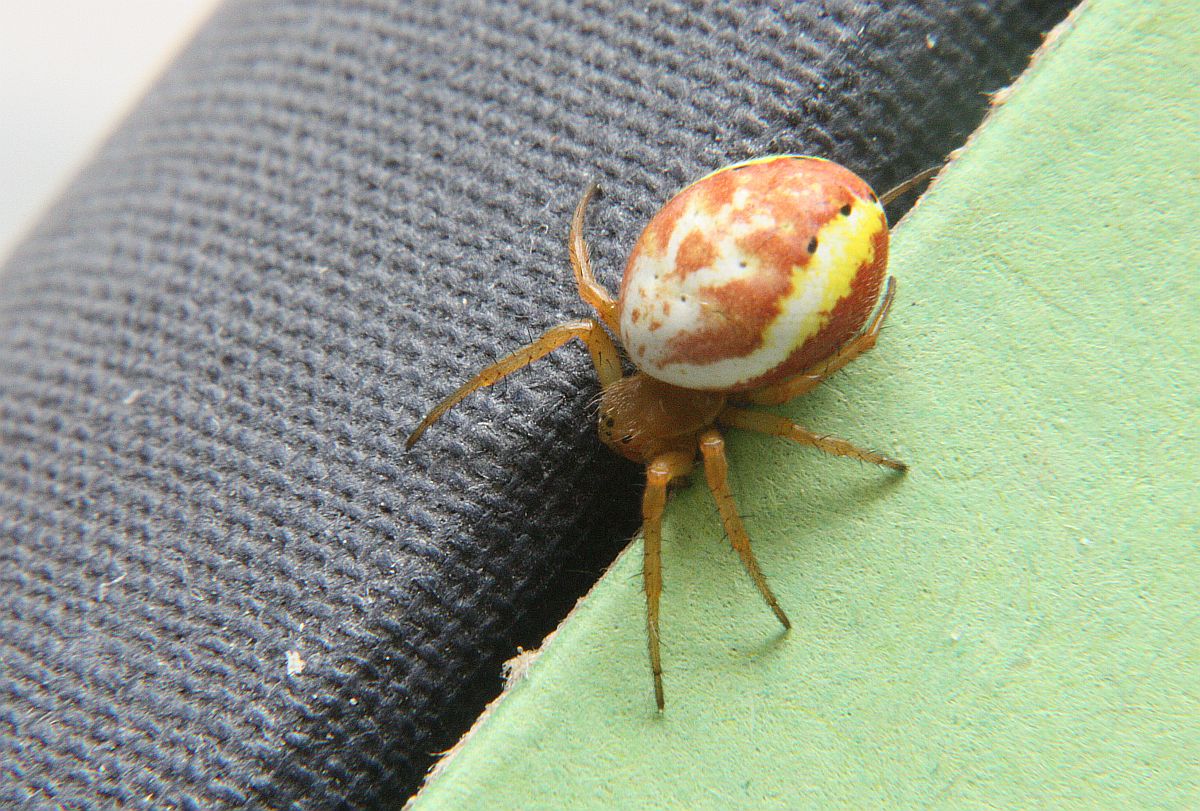
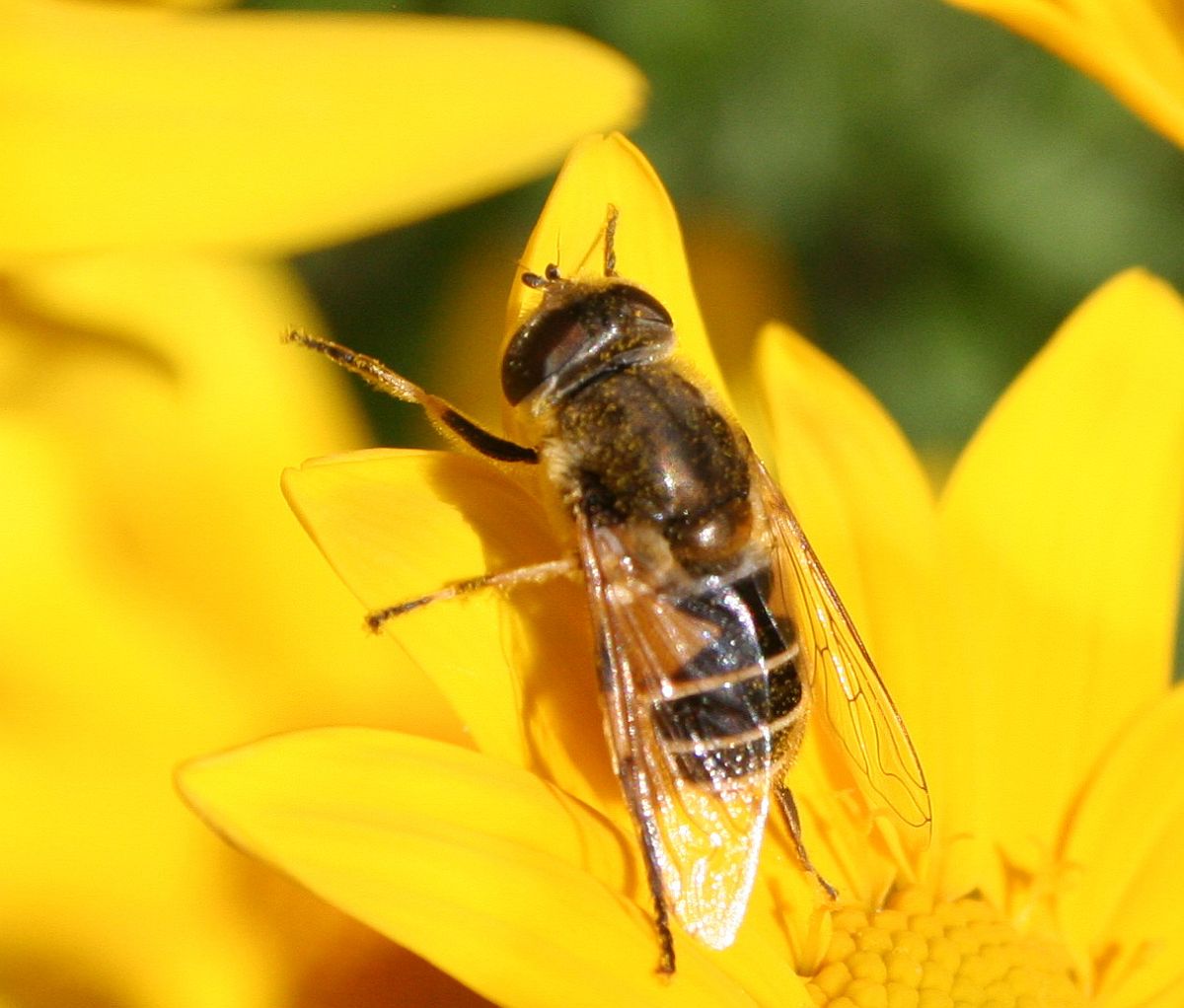

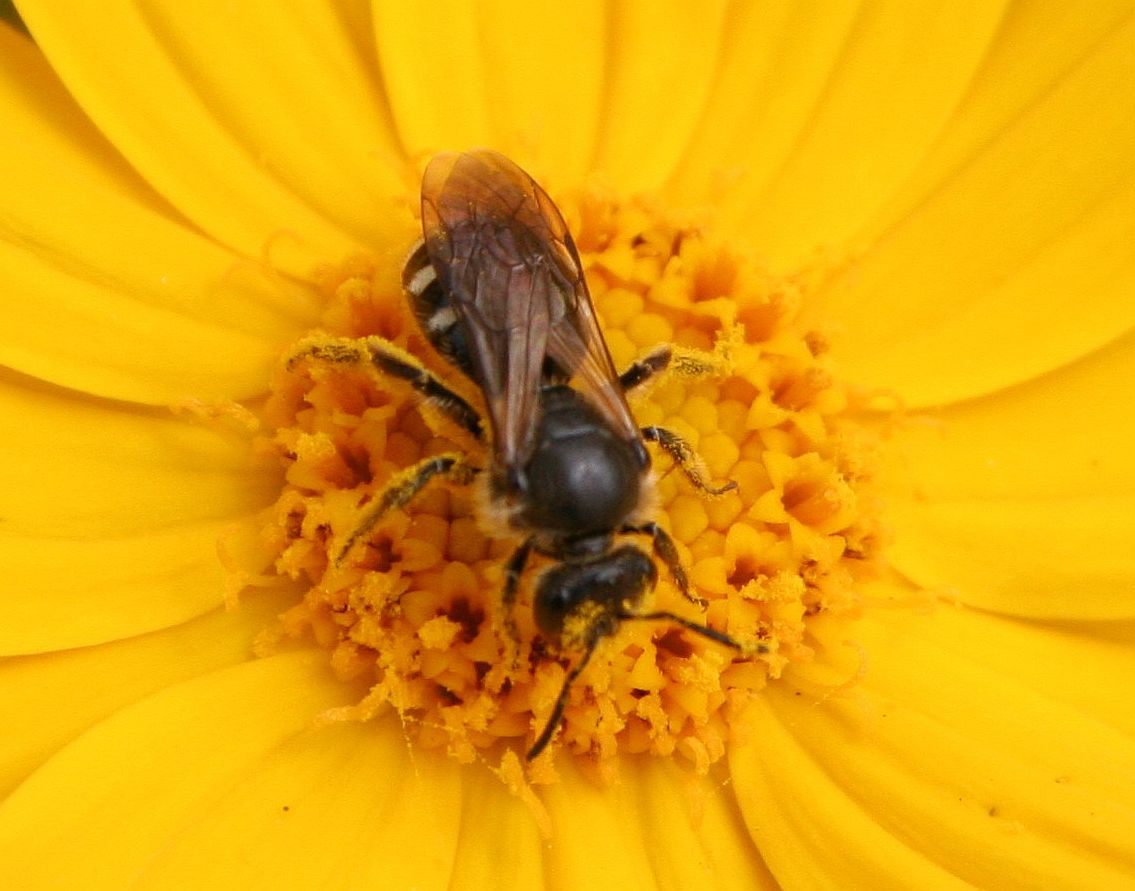

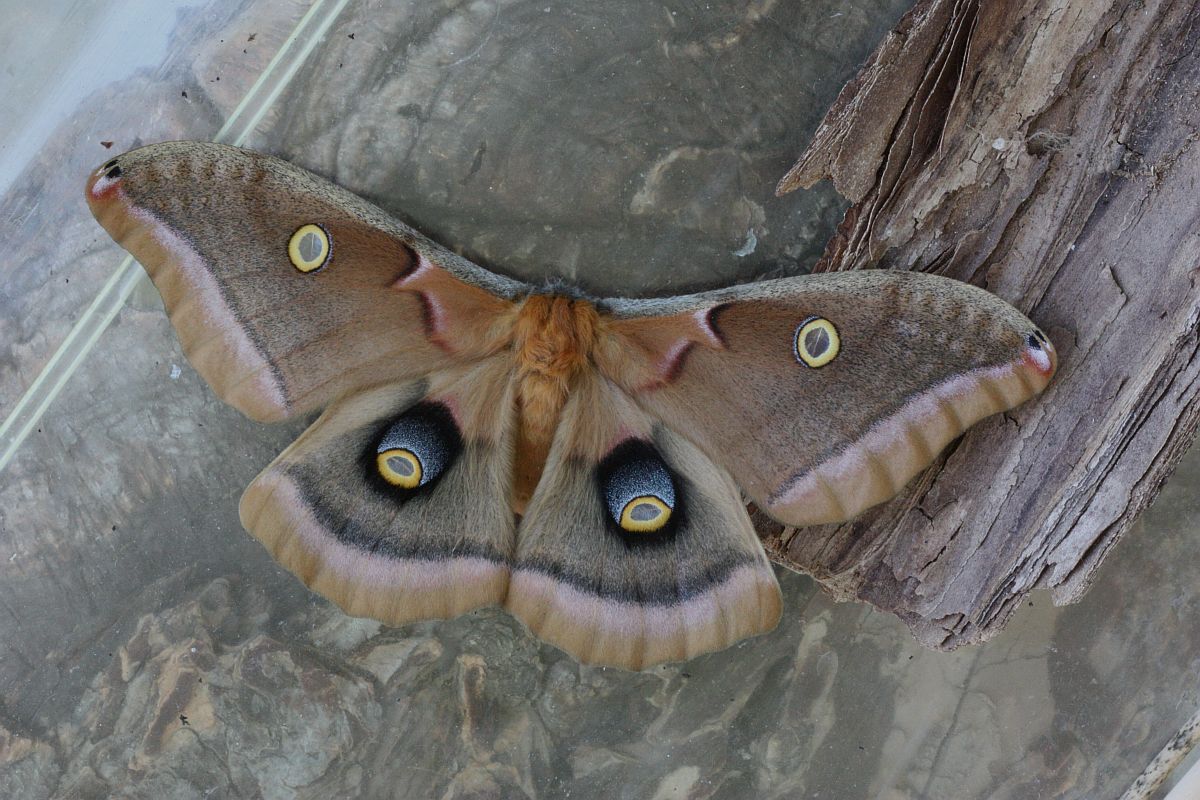
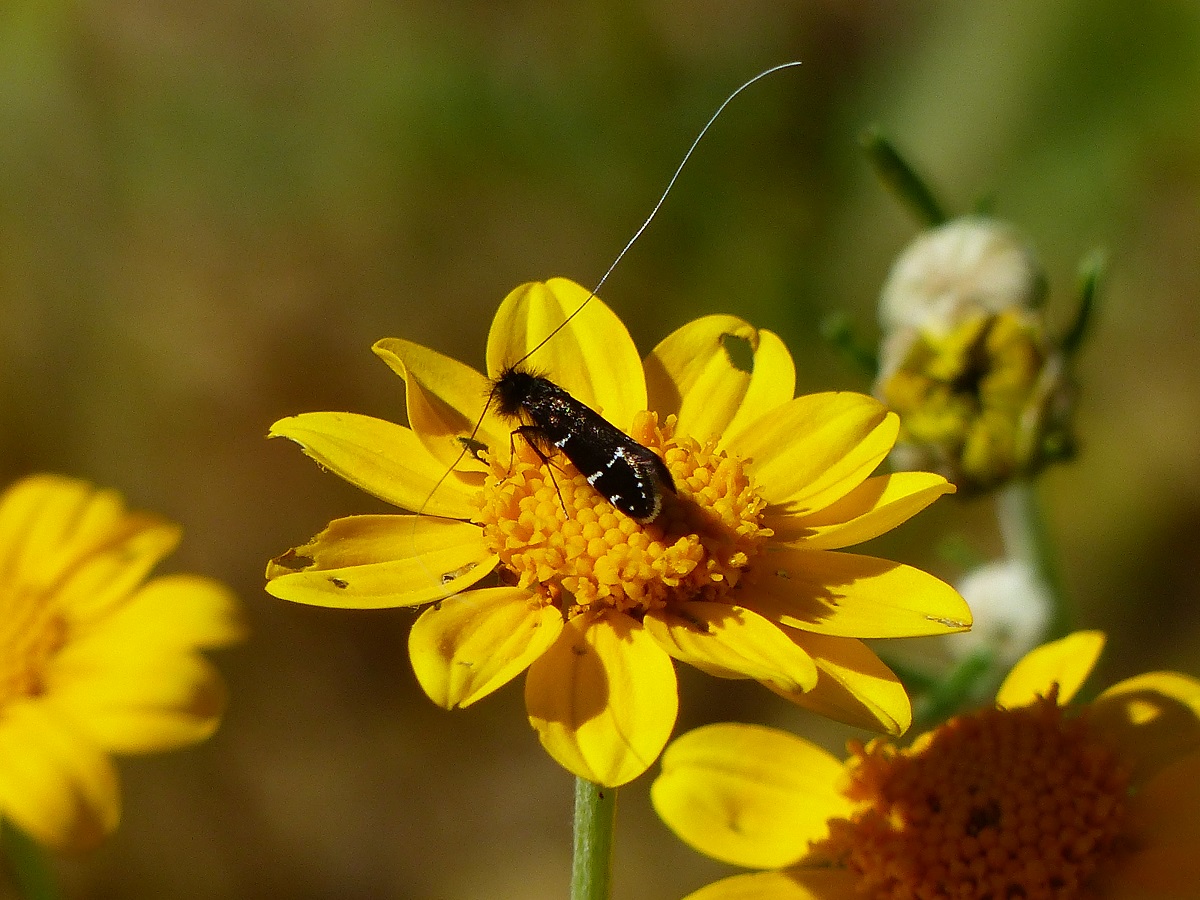
 Adela septentrionella (Lep.: Incurvariidae) Aziza Cooper
Adela septentrionella (Lep.: Incurvariidae) Aziza Cooper








 Woolly aphid (Hem.: Aphididae – Eriosomatinae) Bryan Gates
Woolly aphid (Hem.: Aphididae – Eriosomatinae) Bryan Gates
 Woolly aphid (Hem.: Aphididae – Eriosomatinae) Bryan Gates
Woolly aphid (Hem.: Aphididae – Eriosomatinae) Bryan Gates
 Unidentified caterpillar. Probably Eupithecia sp. (Lep.: Geometridae) Jeremy Tatum
Unidentified caterpillar. Probably Eupithecia sp. (Lep.: Geometridae) Jeremy Tatum